Checklist For Successful Ecommerce Implementation







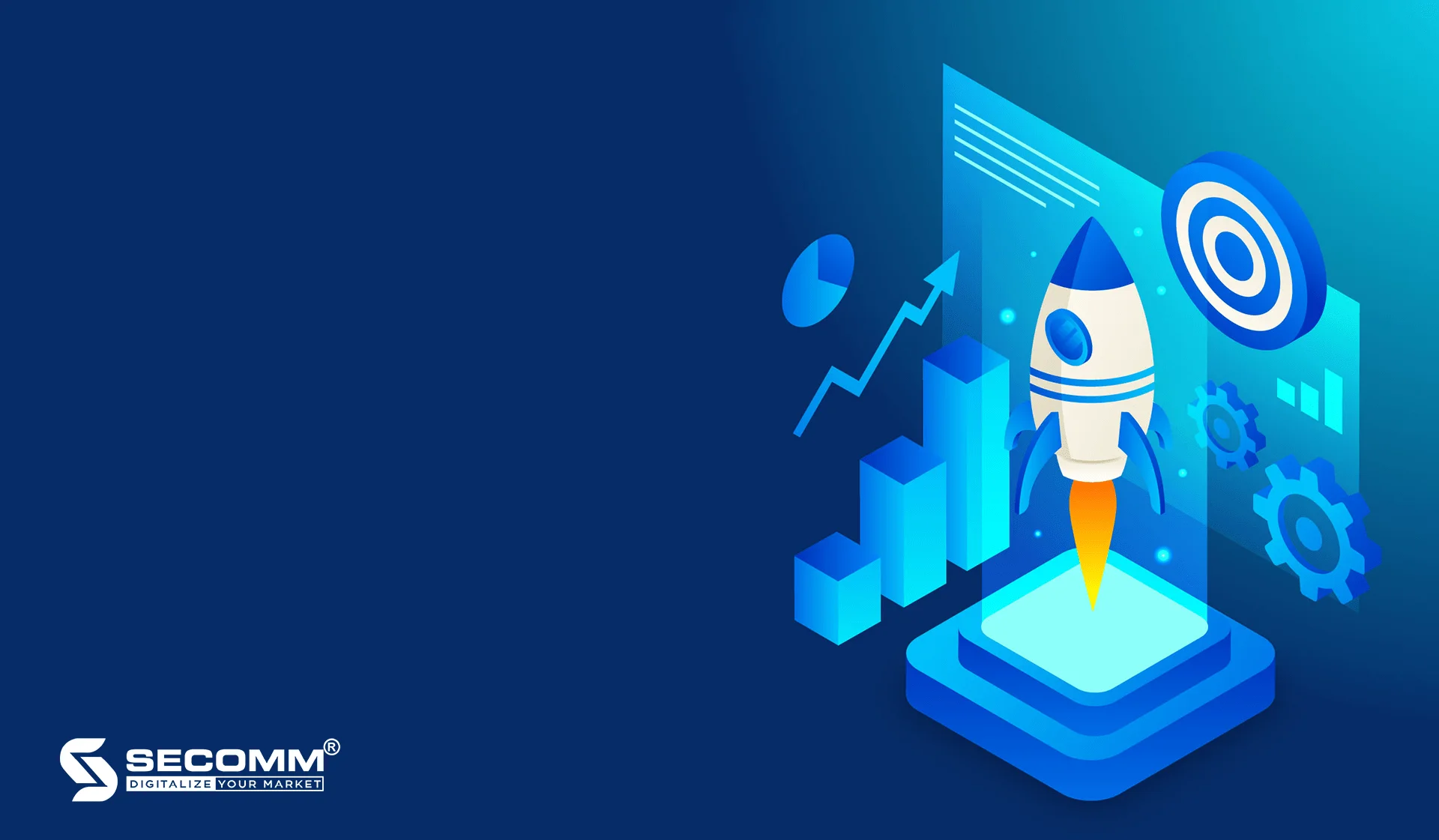
The extraordinary growth of Vietnam’s ecommerce has recently given intriguing opportunities for SMEs. With the continuous innovation of cutting-edge technologies, SMEs have a significant competitive advantage of adaptability – they are willing to make constant changes to seize the chances more expeditiously than long-standing enterprises owning cumbersome processes. However, they may face an extra point of failure if there is no specific execution plan before officially kick-starting the ecommerce journey to catch up with the market’s development.
This article will give a clear visualization of a completed checklist for successful ecommerce implementation.
1. Collate ecommerce business objectives
For a successful and effective ecommerce implementation, all that matters first and foremost is to confirm the core ecommerce business objectives align with the timeline and budget.
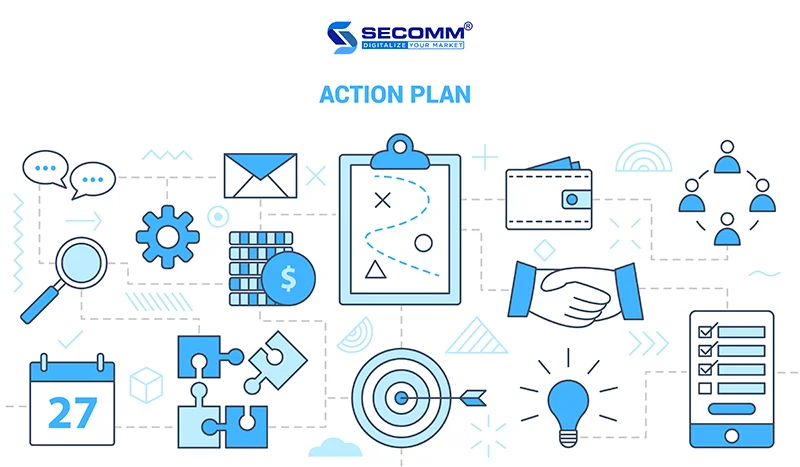
Examine ecommerce objectives
Business needs to examine and compare all objectives between the ecommerce plan and a general business plan to ensure the ecommerce implementation is heading in the right direction. Furthermore, the examination assists them in arranging and prioritizing specific objectives that need to be carried out at every stage. Therein:
- Long-term objective: playing a navigational role, and creating a framework for ecommerce and business development. Long-term prospects could include sustainable development criteria in brand awareness, business value, total revenue, …
- Short-term objective: execute strategic planning for specific tasks, and measurable outcomes corresponding to a particular timeline. Short-term aims are branding, ecommerce revenue growth, boosting competitiveness, product quality/diversification, and service quality…
Examine timeline
Specific timeframes must be planned with the appropriate priority in each ecommerce stage to guarantee all the objectives meet deadlines. Businesses can create an anticipated calendar based on the main stages of an ecommerce journey, which includes: ecommerce planning, development, acceleration, and maintenance. Once a timeline overview is designed, it will be easier to determine the payback period to manage the budget appropriately.
Examine budget
Another essential point to examine before formulating checklists is to review the budget section. For current Vietnamese businesses, especially SMEs, a tight budget plan helps implement an appropriate and effective ecommerce roadmap in both the short and long term.
If the budget is still limited, businesses need to prioritize the implementation of the basic components of the ecommerce system and expand further in the following stages. However, when having sufficient financial resources, businesses can execute a comprehensive plan in every department, and every stage to enhance performance and develop sustainably.
Some considerable ecommerce costs in ecommerce business:
- Costs for operating resources, including in-house staff and outsourcing resources/partners
- Costs for technology infrastructure: hardware, software, internet
- Ecommerce business registration fee
- Business fee on ecommerce marketplaces
- Costs for ecommerce systems: website/app development, system integration (extensions, ERP, CRM,…), maintenance, …
- Payment: invoices, adjusting and refunding for cancelled/claimed orders,…
- Shipping: shipping fees, inventory holding cost, returning, handling arising issues…
- Marketing cost
- Financial management cost
- Customer service cost
- Other expenses
Once having examined ecommerce business objectives, including objectives, timeline, and budget, the businesses can develop a complete checklist to execute the official ecommerce implementation stage.
2. Checklist for ecommerce kick-start
Meet the legal requirements
To officially conduct ecommerce under the law, businesses need to meet the following elementary requirements (based on Decree No. 52/2021/ND-CP and Circular 47/2020/TT-BTC):
- Own a business registration certificate for a business or tax identification number for an individual
- The website has a legal domain and complies with Internet regulations on information management
- Proceed with account registration at the Ecommerce Management Portal
- Notify/Register with the Ministry of Industry and Trade about setting up ecommerce websites/applications
- Basic taxes for doing ecommerce business: value-added tax, profit tax, individual income tax
Choosing suitable ecommerce products
The legality of ecommerce products
Businesses need to ensure their products are not on the list of prohibited or restricted items.
Product quality and product origin
Product quality and supply are critical criteria for businesses looking to develop a sustainable ecommerce, and enhance business value and customer reliability. Additionally, stringent product quality control helps significantly restrict counterfeits and low-quality items on the market. Therefore, businesses need to ensure the supplier properly demonstrates the origin and quality of goods by specific documents and information:
- Supplier/seller censorship: Build a quality control team concerning legal documents proving the clear origin of goods
- On-site product monitoring for quickly removing counterfeits/knockoffs
- Develop the reporting/alert feature for counterfeits/knockoffs on the system, and quickly resolve the customer feedback with appropriate compensation policies, ensuring maximum customer benefit.
- Commit to “say no to fake goods”, functioning decrees from the Ministry of Industry and Trade to support the goods controlling processes optimally, ensure the e-customer interest and the healthy market.
Human resource and infrastructure readiness
Businesses might consider various human resource solutions to ensure that they comply with the ecommerce development plan. Businesses, in particular, can invest in developing with all their internal resources or entirely work with outsourcing partners because ecommerce services, partners, and service providers have developed significantly in recent years and can support businesses in implementing comprehensive and effective ecommerce externally. Furthermore, businesses can combine the use of internal teams with outsourcing partners.
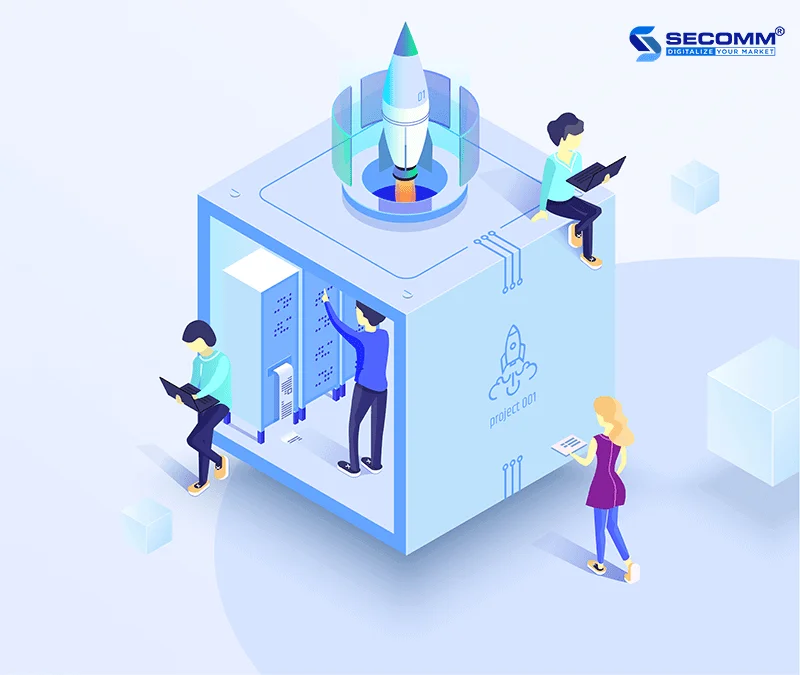
Whether choosing outsourcing or in-house teams, there will be both advantages and disadvantages. Simultaneously, resource usage depends on the business’s budget, size, and long-term objectives. For existing ecommerce models, most businesses tend to associate with outsourcing partners, and resources to operate some of the business processes efficiently. To shorten the timeline while efficiently carrying out the optimal operation, businesses can consider main outsourcing partners for system development, transportation, and marketing. In which:
- Ecommerce development partner: develop a comprehensive web/app system and ensure effective operational processes.
- Shipping partner: businesses can link up with shipping providers to operate order processing and delivery coordination quickly and efficiently.
- Payment partner: associate with payment service providers to develop a diverse payment system, highly supporting convenient, simple, and speedy shopping experiences.
- Ecommerce marketing partners: develop brands and market products to approach target customers quickly and increase business productivity.
Ecommerce infrastructure
Infrastructure lays a concrete foundation to maintain end-to-end commerce operations. In detail, the main components in hardware, software, network,… need completing to maximize the business performance.
- Hardware: Fully set up computer devices, facilities, routers, data centers, and servers… to store, access and harness data quickly, and seamlessly.
- Software: fully equipped with system management tools, procedures, analytic tools, and APIs, assisting the efficient connections, and interactions among software.
- Network: Make sure the businesses can communicate, and operate efficiently, safely inside-out via the Internet, DNS, firewall,…
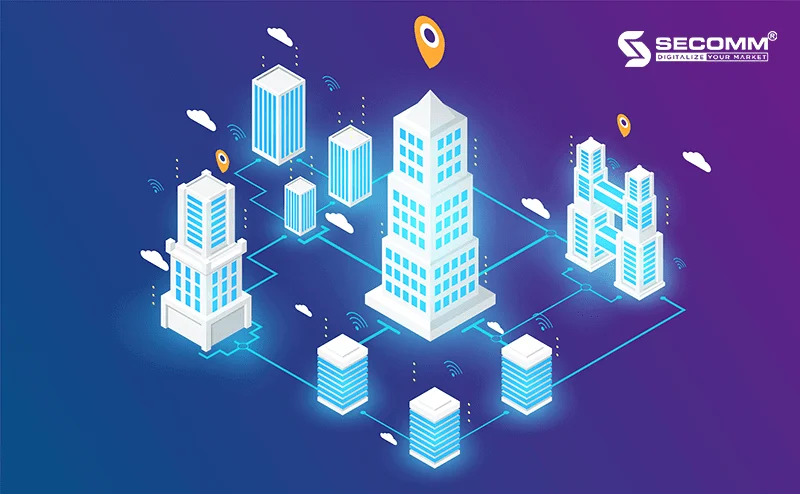
3. Checklist for ecommerce development
Ecommerce channels development
Develop marketplace channel
Businesses can leverage Ecommerce platforms to initiate business operations before developing a website channel to test and measure sales effectiveness, while also increasing brand coverage and presence to reach a broader audience.
For ecommerce marketplace channel, businesses can execute the basic implementation plans below:
- Create genuine stores or flagship stores with complete and authentic information about brands and products
- Develop events, and shopping days with promotion codes, vouchers, and free shipping codes,… provided by ecommerce marketplaces to approach and attract potential customers continuously
- Maintain business performance with after-sales support functions.
Develop web channel
Website is the core system that businesses need to focus on in the ecommerce implementationstage. The tasks that need completing to develop a comprehensive website system include:
- Pick an ecommerce platform matching the business model
- Develop a comprehensive ecommerce system with a whole interface and functions based on the selected platform.
- Thoroughly review all front-end and back-end elements to minimize errors and optimize system performance before officially launching the website and promoting marketing campaigns at the next stage. In particular, the specific evaluation criteria can be mentioned as:
- Review the front-end completion:
- Home-page: Full display and navigation functions on the home-page
- Search-page: Optimize the search page and search results, comes with advanced filtering and sorting feature to help customers seek the right needed products
- Detailed product page: Provide complete information, images, product reviews, and display suggestion for similar products or same-brand products
- Cart management page: The system displays full information about the products added to the cart, quantity, and total order value.
- Payment and shipping page: Full content of delivery information, shipping options and payment methods
- Content management page: Full brand content and ecommerce activities on the “About Brand” page, operation/privacy/return/warranty policy,…
- Review the back-end completion of functions and processes:
- User management: collect and manage whole data and information of every web-user
- Cart management: help customers manage and adjust their cart conveniently with a total order value display/calculation system based on various group-pricing
- Payment and shipping management: ensure the payment-to-shipping process is seamless to support the following order fulfillment
- Review the front-end completion:
Develop mobile app
To enhance conversion rates and provide a multi-device user experience, businesses should consider developing an ecommerce application. Given the increasing trend of users shopping through mobile devices, an effective ecommerce app needs to address personalized customer experience factors alongside corresponding ecommerce functions on the website:
- Program the app system with complete interface elements, functions, and APIs corresponding to the web system.
- Develop an interface that supports user experience on every mobile device, anytime, anywhere.
- With the app, additional push notification systems can be developed to help customers stay updated on news, promotions, events, mini-games, etc., daily to stimulate purchases.
- Combine push notification effects with continuously changing pop-up ads in the app interface to quickly engage customers with promotional programs.
- Implement promotional programs tailored to each customer segment: discount codes for new customers, buy one get one free for loyal customers, birthday gifts for customers, etc.
- Optimize the customer experience with quick and convenient one-touch operations (login, payment, etc.).
Operation optimization – Inventory, Payment and Shipping
Optimizing the warehouse, payment, and shipping systems will support businesses in processing orders, coordinating, and delivering goods quickly as soon as customers complete their orders.
Payment: Businesses need to review the processes on the current system and ensure they operate according to the initial requirements of the business. At the same time, businesses also need to assess the availability and efficiency of the payment gateways currently used on the system (COD, card payment, e-wallets, etc.) to optimize for user convenience.
Warehouse management: Businesses may consider using warehouse management software from ERP systems or specialized software (warehouse management solutions like SWM, ECOUNT, Netsuite, etc.) to control the efficiency of the warehouse system and quickly coordinate order processing processes to shorten the time to complete Ecommerce orders.
Shipping: Businesses can use transportation support software to ensure that the delivery process is accurate and fast. At the same time, businesses can implement express delivery programs, same-day delivery, delivery within 2 hours, etc., to boost transportation efficiency and provide an optimal experience for customers.
Solutions that help optimize accurate and fast transportation efficiency include:
- Planning transportation, monitoring the status of transportation/orders, and verifying delivery to ensure the correct product is delivered to the right order recipient.
- Coordinating the transportation team and optimizing delivery routes from the system’s receiving points while controlling delivery performance helps speed up the transportation process.
Ecommerce Marketing
To promote brand positioning, optimize conversion efficiency, and maximize business effectiveness, businesses need to prepare a comprehensive plan for deploying Ecommerce Marketing.
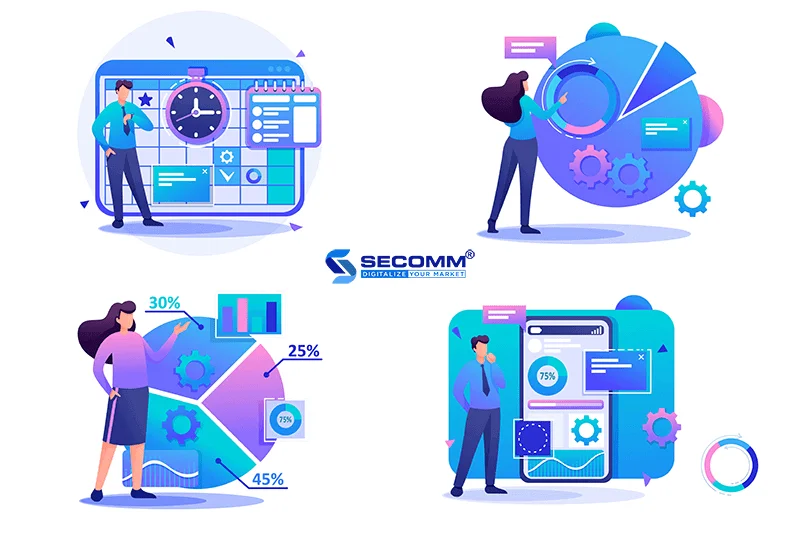
SEO
An ecommerce website system that is optimized for SEO before its official launch greatly supports increasing search rankings and the visibility of the website. Additionally, SEO is an important factor in optimizing the user experience. To ensure that the SEO functionality works effectively throughout the system, businesses can assess through the following criteria:
- Establish SSL security certificates for the website.
- Create a sitemap for the website with a comprehensive page and category structure.
- Create a robots.txt file to block indexing on pages that need to secure information or unnecessary pages for SEO: user account registration/login pages, transaction history, shopping cart, discontinued product pages, etc.
- Optimize URL structures to support indexing and more effective customer journey navigation.
- Improve and optimize page loading speed.
- Integrate analytics tools to support SEO and marketing index analysis:
- Google Search Console
- Google Analytics
- Google Tag Manager
- Ahrefs
- Regarding content:
- Ensure high-quality, non-duplicated content from other sources.
- Distribute keywords adequately within the content, specifically in the page URL, title, subtitle, page description, and in the detailed content, name/URL/ALT tag/caption of images.
- Build internal links between content pages for efficient content navigation and enhance the overall website’s SEO value.
- Establish external links to increase the website’s trustworthiness on search engines.
- Ensure that links to the website’s social media channels are fully integrated.
Social Media
Businesses need to focus on building their brand presence on social media to pave the way for product marketing campaigns. Increasing the brand’s visibility on social media channels such as Facebook, Instagram, X (Twitter), etc., helps reach a broader audience, aims to educate users about the brand, and creates stronger attention when launching the official ecommerce platform.
A smart and effective email plan helps businesses maximize conversion rates and develop a long-term network of loyal customers. A comprehensive email system needs to be continuously deployed to nurture the customer’s buying journey, including:
- Welcome emails for new customers
- Notification emails for promotions and new products
- Reminder emails for abandoned carts
- Confirmation emails for successful orders
- Thank-you emails after placing an order
- Announcement emails for up-selling and cross-selling programs for subsequent orders
- Special emails for loyal customers
- Support emails for handling returns, refunds, order cancellations, and post-purchase care
Paid Ads
Paid advertising channels play a crucial role in ecommerce marketing strategies, providing optimal conversion efficiency and rapidly driving sales growth. Businesses can leverage various forms of paid advertising to reach and attract a broader audience using popular channels such as Google Adwords, Facebook, Instagram, Coc Coc, Zalo, YouTube, and Affiliate Marketing.
After deploying ecommerce marketing channels, it’s essential to capitalize on the existing marketing effectiveness to continue optimizing business and conversion capabilities in the customer funnel.
- Website: Optimize product content by enhancing product images, and introductory videos, and building a blog content system to stimulate customer interest in learning more about the products. Enhance interaction and increase conversion potential on the website. Additionally, businesses can develop new features on the website, such as interface innovation, advertising features, customer service through FAQ pages, and live chat/chatbots to provide customers with new experiences.
- Social Media: Strengthen the ability to reach a diverse user base through social media channels. Provide positive reviews, useful content, and product promotions with appealing designs, directing users to the shopping page to create an optimal shopping experience for multi-channel users.
- Advertising: Boost paid advertising campaigns through Google, social media platforms (Facebook, Instagram, TikTok, etc.), and affiliate marketing to reach a broader audience and optimize the conversion rate.
Finance
Using financial software helps businesses control and manage transaction data related to orders and customers more efficiently, providing effective support for lookup processes and quickly addressing complaints and issues arising from orders. To choose suitable electronic invoice software for ecommerce financial management processes, businesses can consider the following criteria:
- Legal Compliance: Provide complete, valid, and reliable information to ensure compliance with relevant laws and regulations.
- Stability: The software ensures quality and maintains stable performance during usage.
- Security: Ensure the safety and secure storage of all data, facilitating easy access, use, and manipulation of stored data. This involves preventing unauthorized access to sensitive information.
- Transparency: Support customers in easily looking up invoice information and assist customer service in quickly resolving issues based on data from invoices. This ensures customer rights are protected during the process of purchasing and conducting ecommerce transactions.
Management system
Integrating management systems helps businesses improve operational efficiency and ensure seamless integration between the ecommerce system and various resource and process management systems within the enterprise. Depending on the needs, budget, and business model, businesses can choose to integrate key management systems such as human resources management, customer management, supply chain management, financial management, and production management, or use comprehensive Enterprise Resource Planning (ERP) solutions to maximize operational efficiency for the business.
4. Checklist for ecommerce acceleration with Omni-channel
During the business optimization phase, the focus should be on customer experience and personalization in the customer journey. Therefore, a seamless and synchronized multi-channel ecommerce operation process from a centralized management system will be an optimal plan for effective revenue.
A synchronized and unified multi-channel management system will support businesses in:
- Synchronizing all product data, customer data, promotion programs, events, and sales systems from offline to online channels.
- Increasing interaction and touchpoints at each customer journey on each channel to understand the precise needs of customers and the issues they are facing, thereby optimizing product quality, service quality, and marketing strategy.
- Efficiently coordinating product transportation between warehouses and from warehouses to customers.
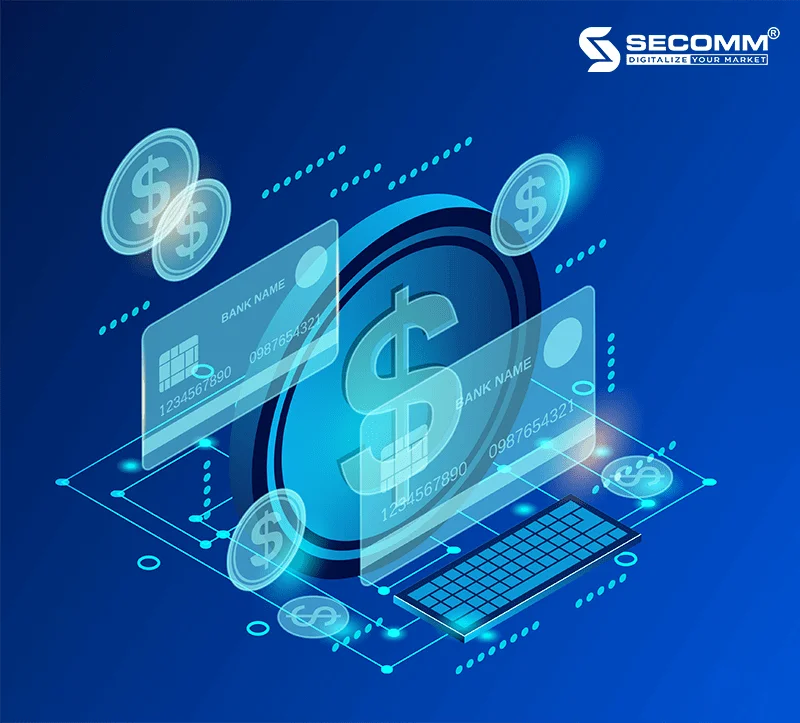
Additionally, during this phase, businesses also need to upgrade the performance of the current system and develop highly specialized and complex functions to maximize the ecommerce system, support personalized customer experiences, and maintain loyal customers, thus optimizing the long-term sustainability of ecommerce business efficiency.
5. Common difficulties when executing the ecommerce implementation checklist
To successfully deploy ecommerce, a comprehensive checklist system will prepare the business thoroughly before officially initiating, developing, and optimizing operations. However, this preparation process requires significant investment in both budget and time to ensure that the ecommerce plan progresses on schedule, bringing short-term and long-term business effectiveness.
The challenges of time and budget for implementation and ecommerce business operations are significant barriers for most small and medium-sized enterprises (SMEs). Moreover, in the current boom of the ecommerce market, businesses also need to develop a complete ecommerce system quickly to keep up with the market.
In addition, SMEs also need to implement specific operational plans, and continuously improve the performance of the system, technology, processes, and resources to maintain business momentum and meet the demands of the digital market.






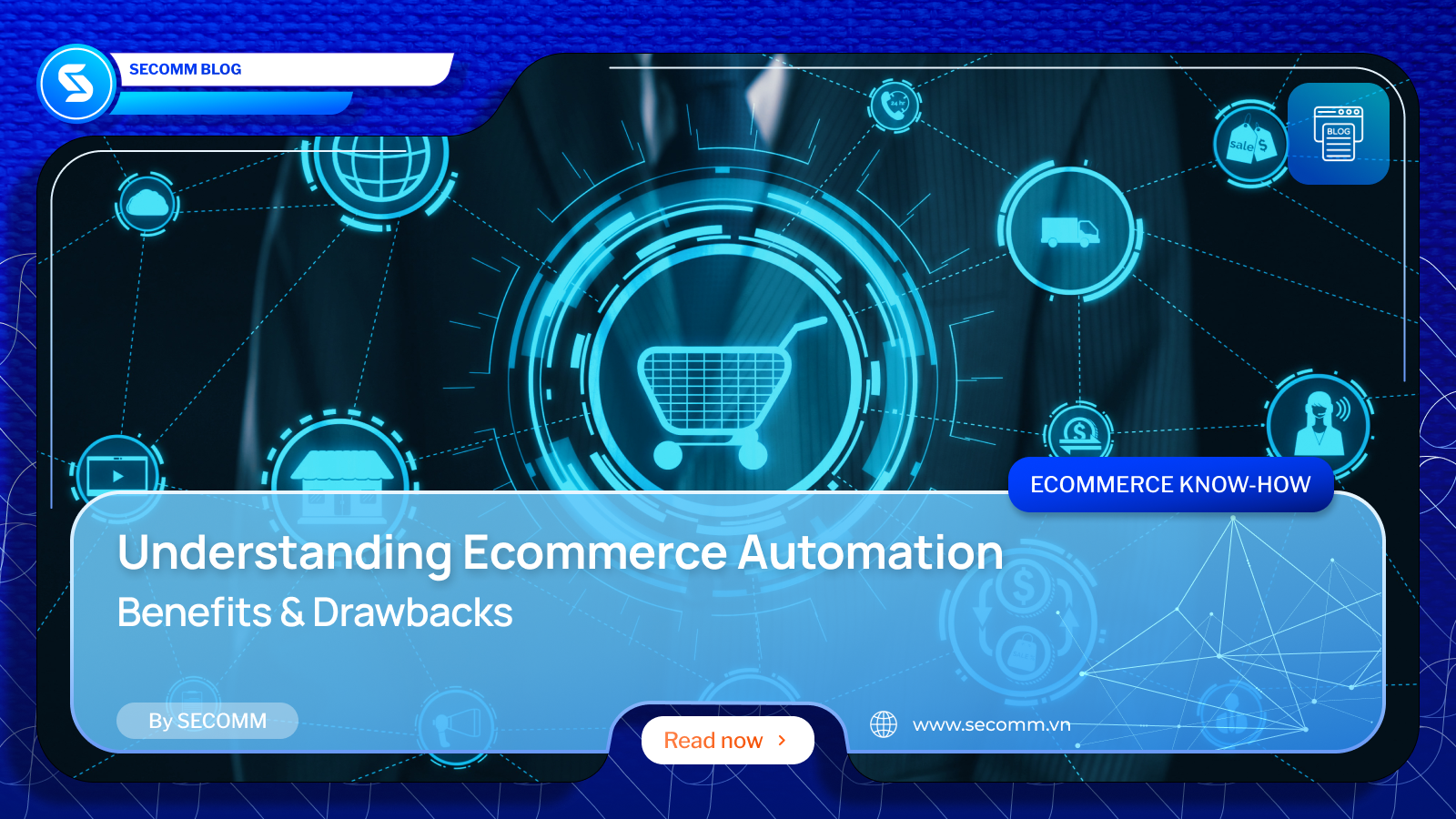
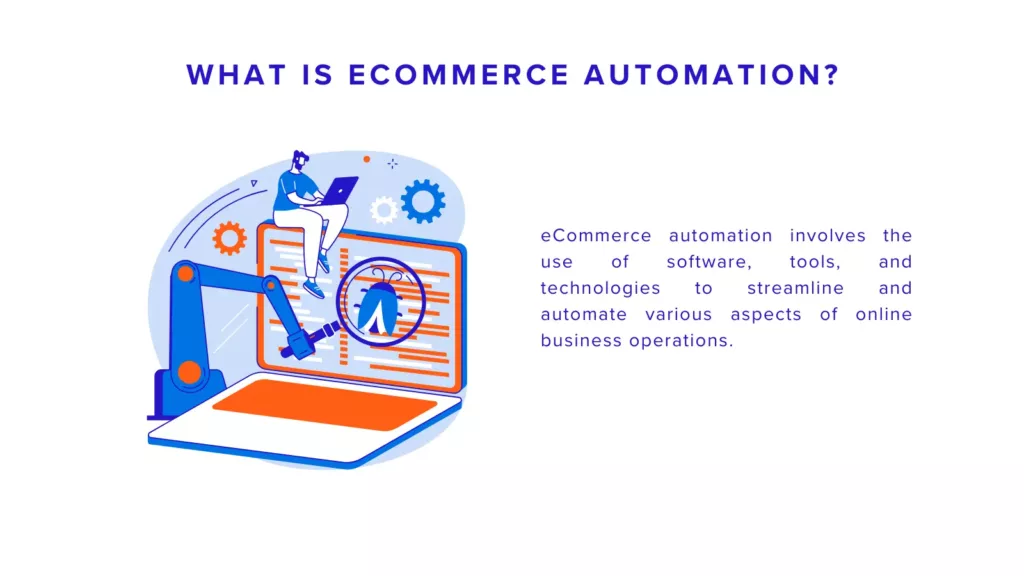
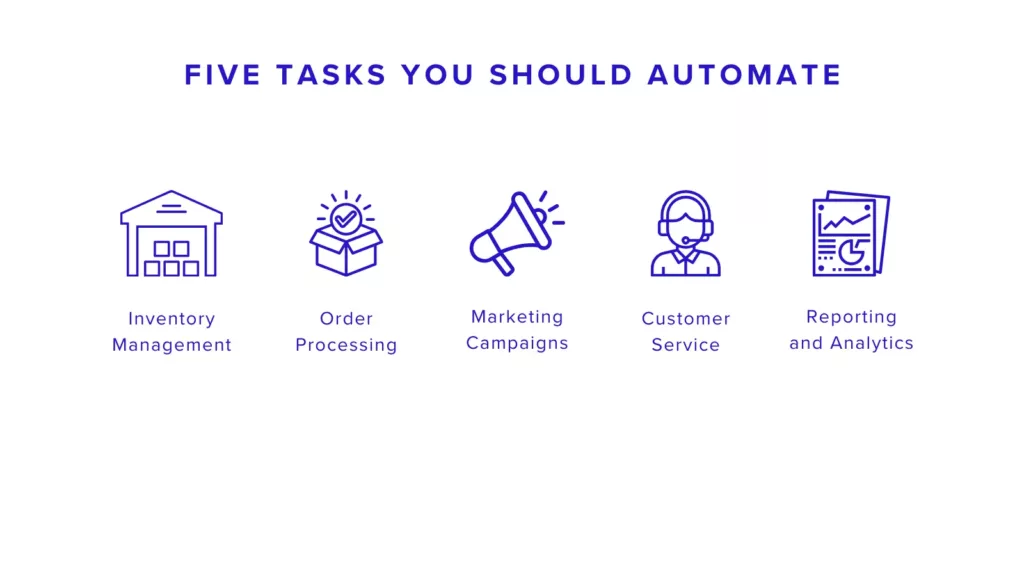
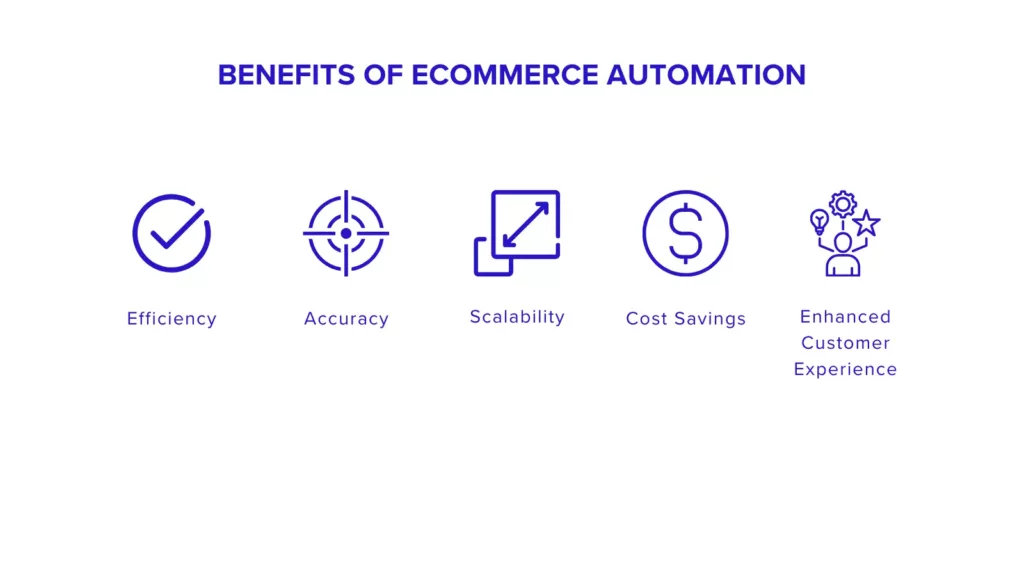
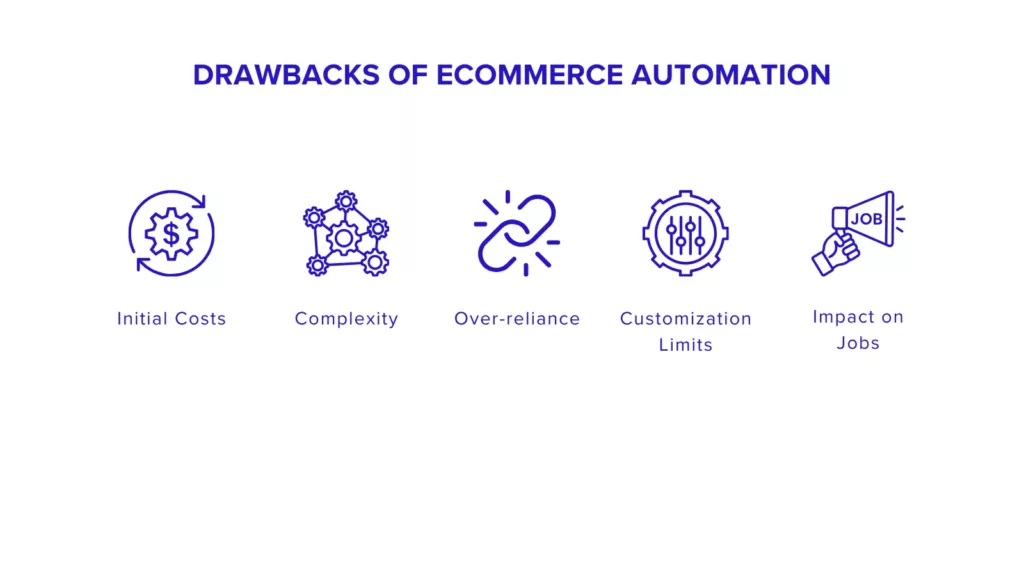
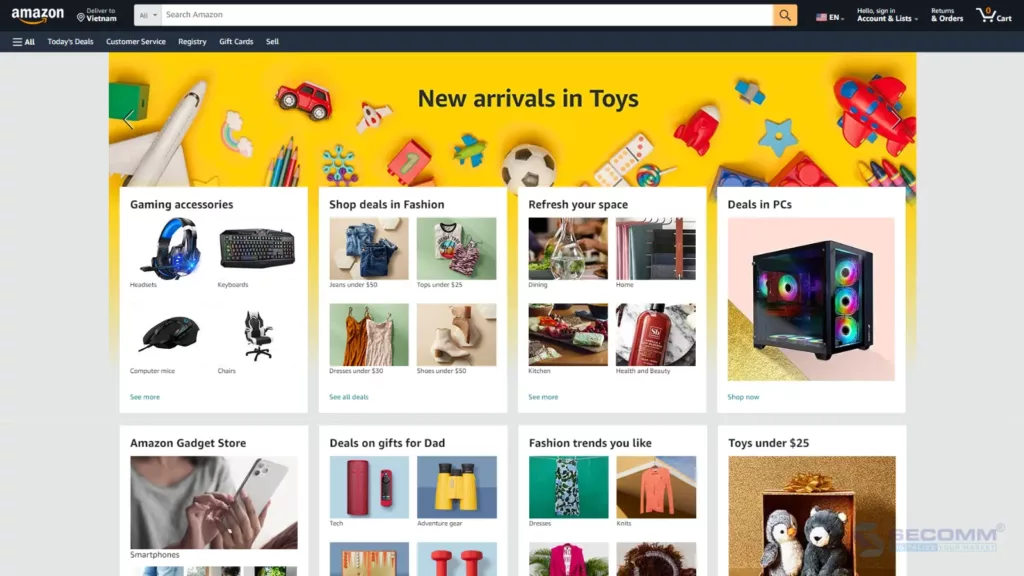
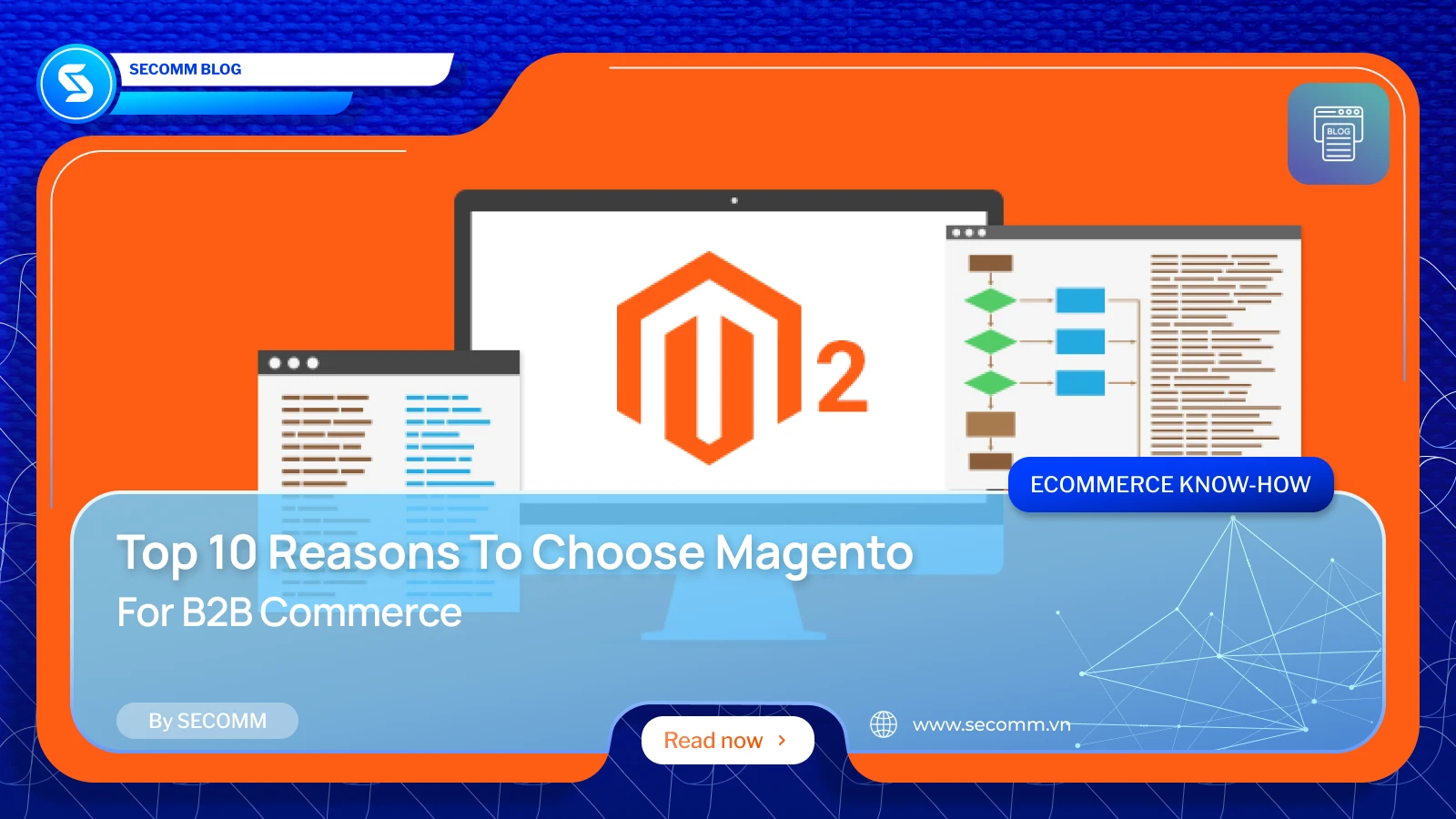
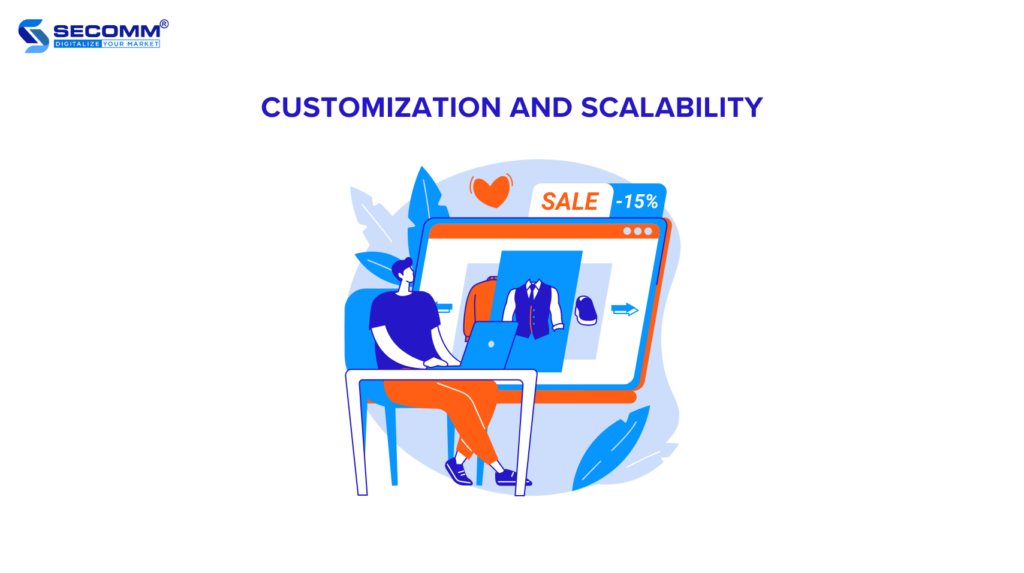
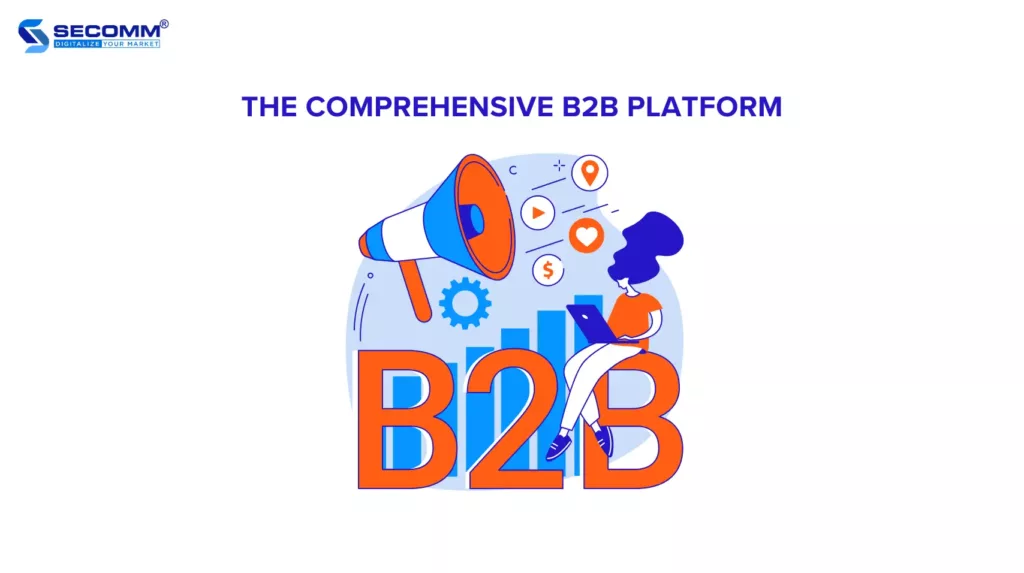
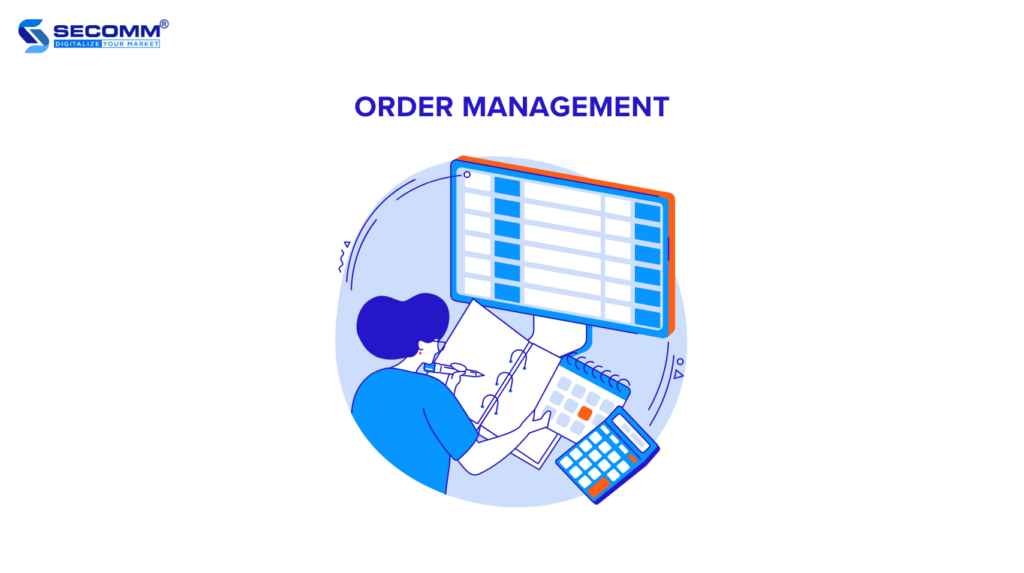
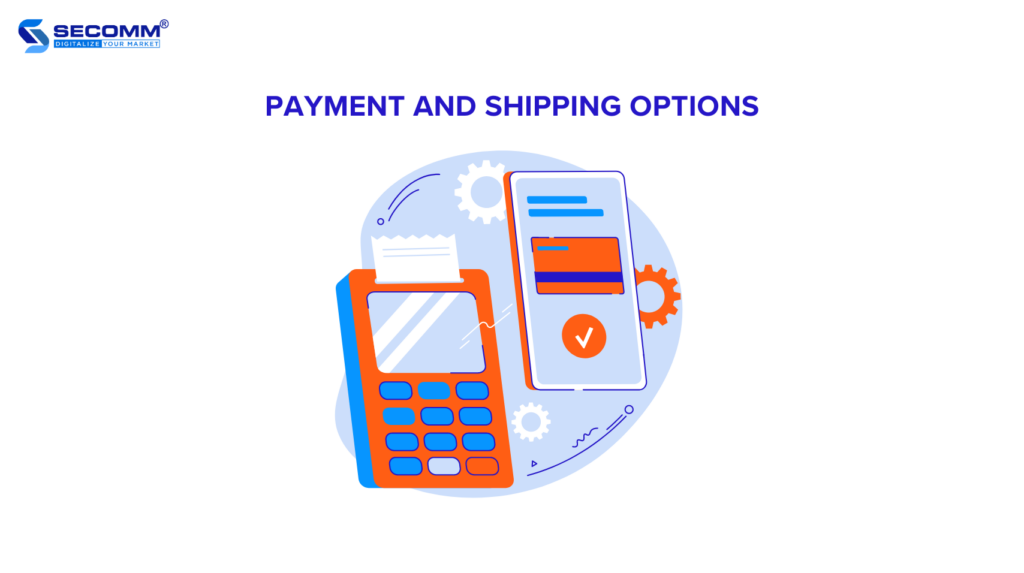
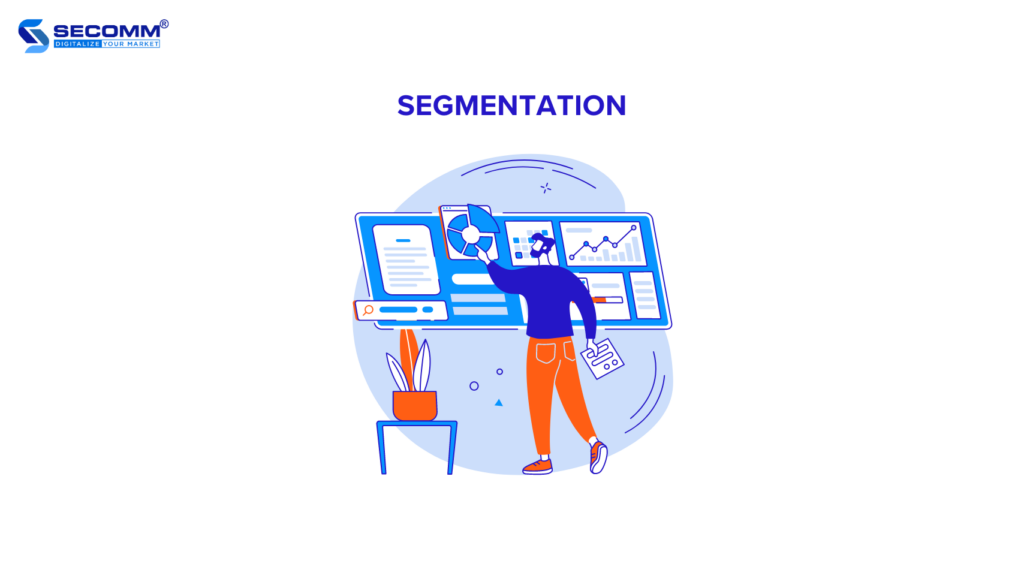
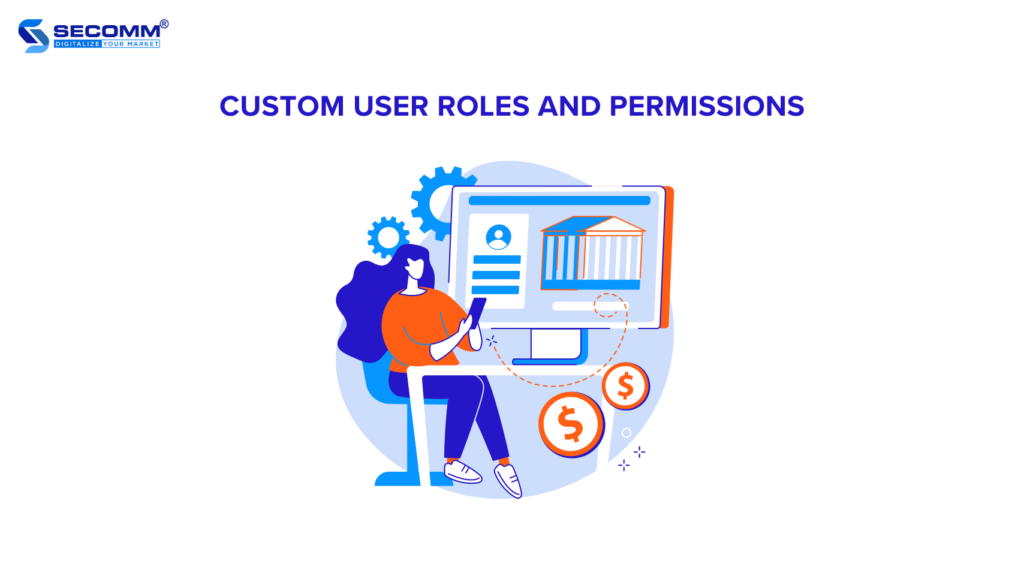
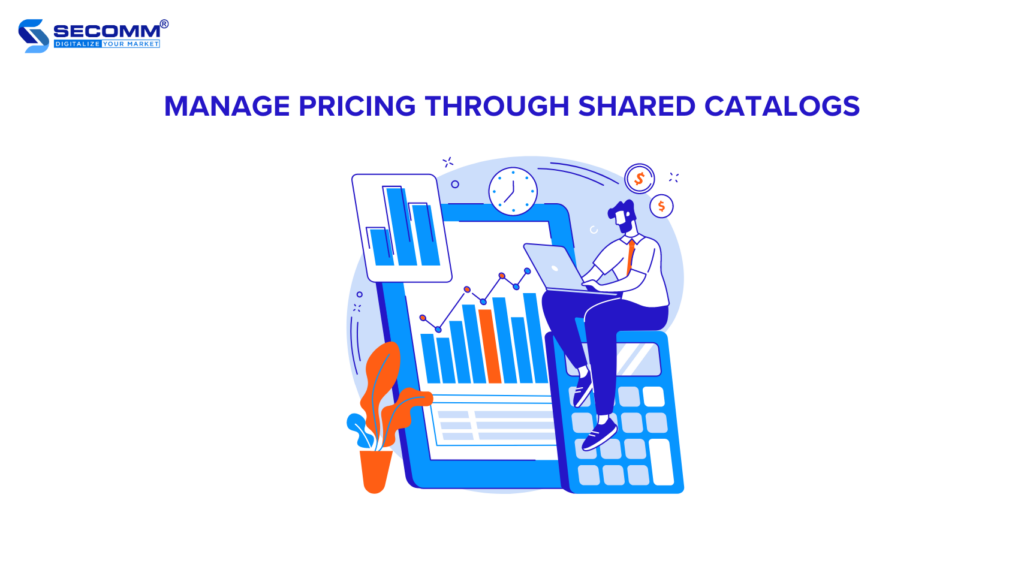
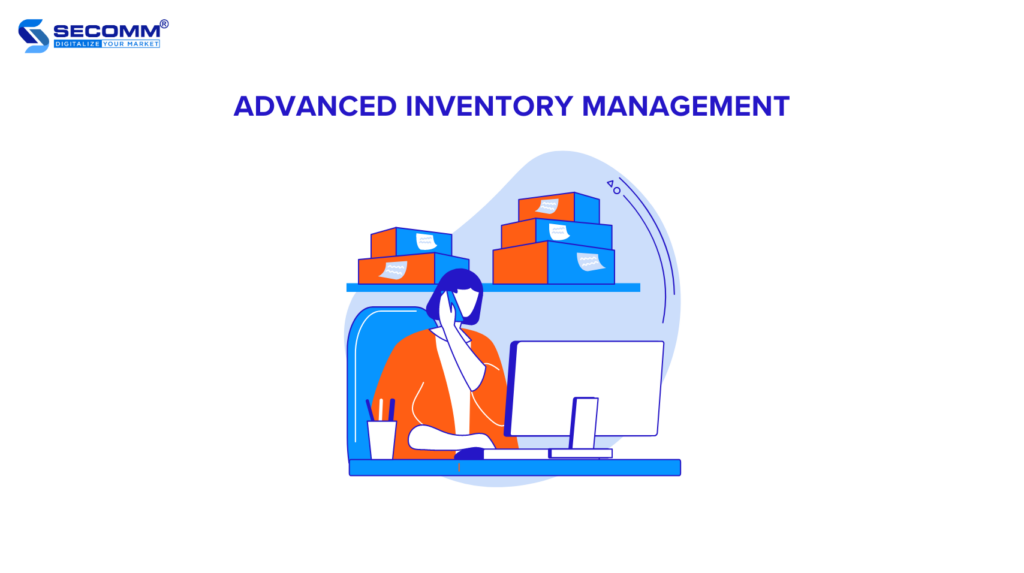
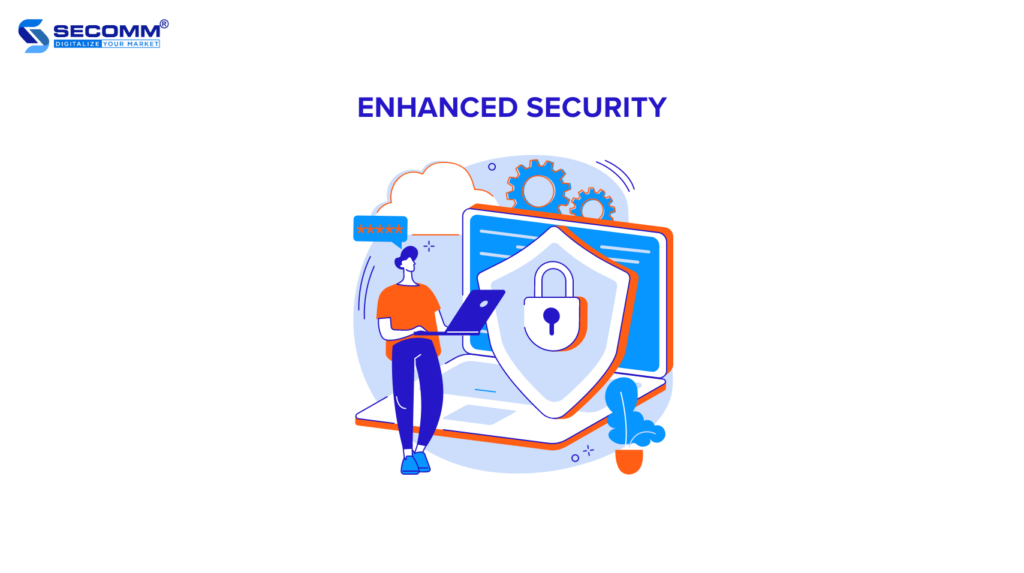
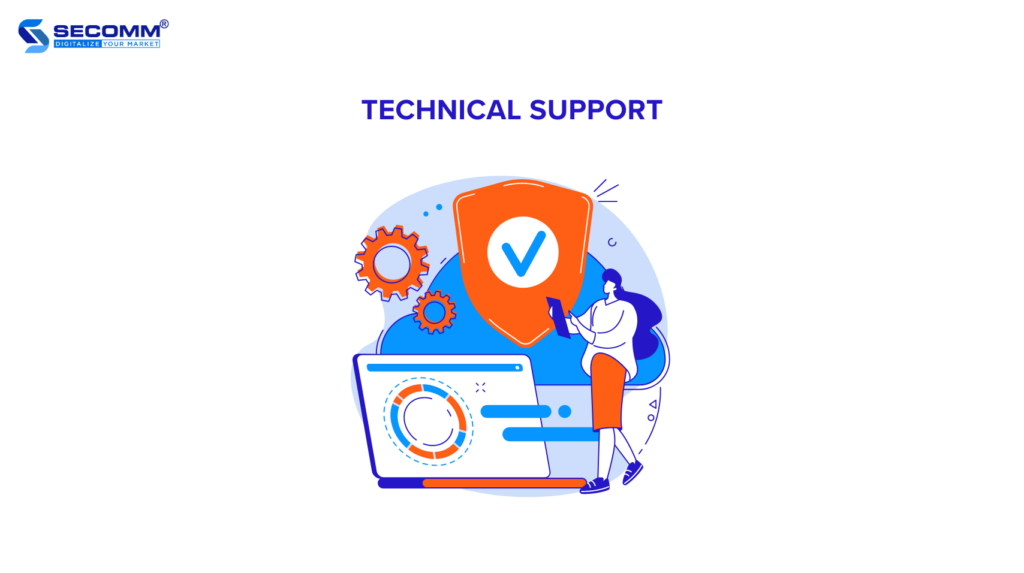
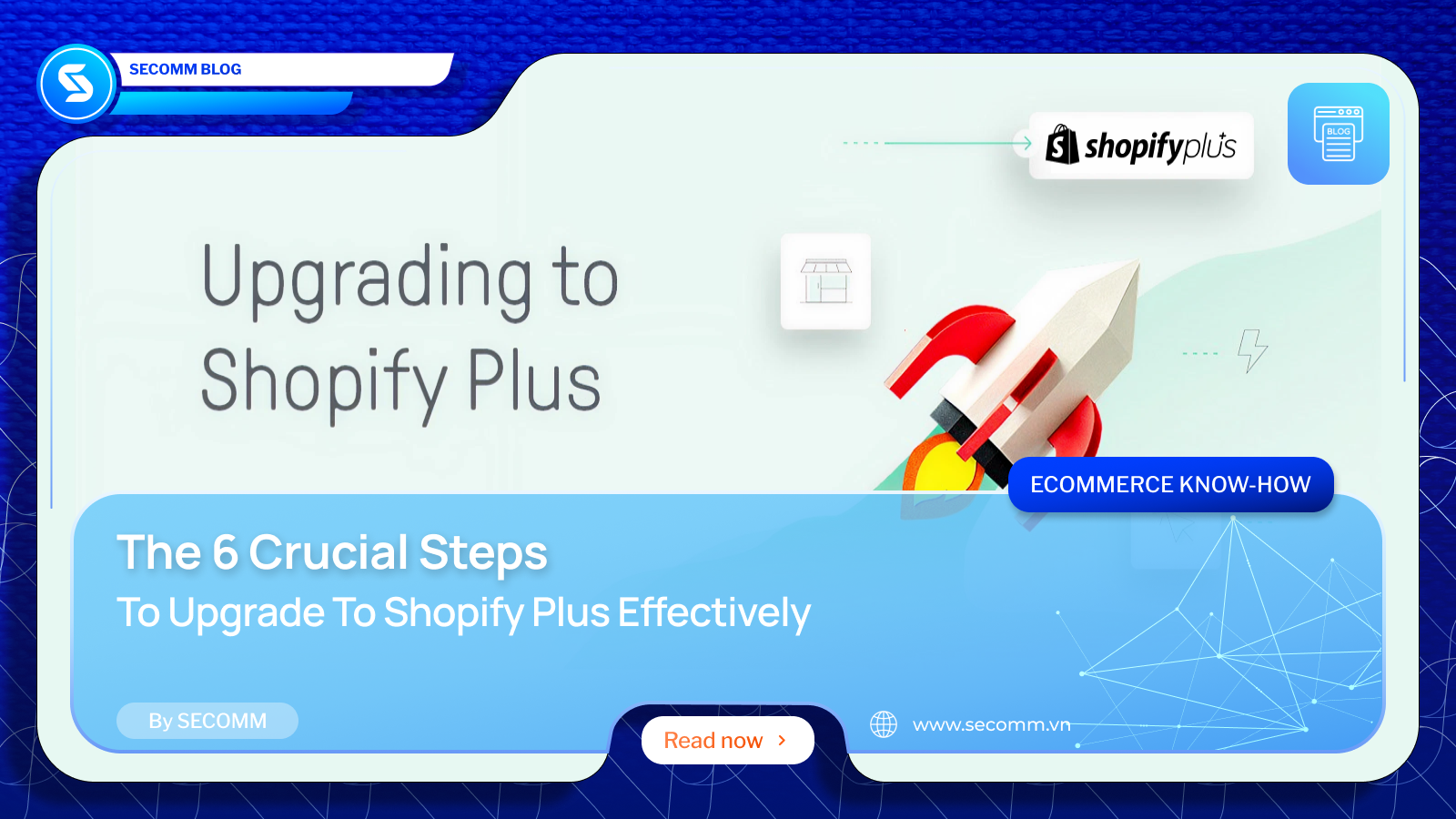
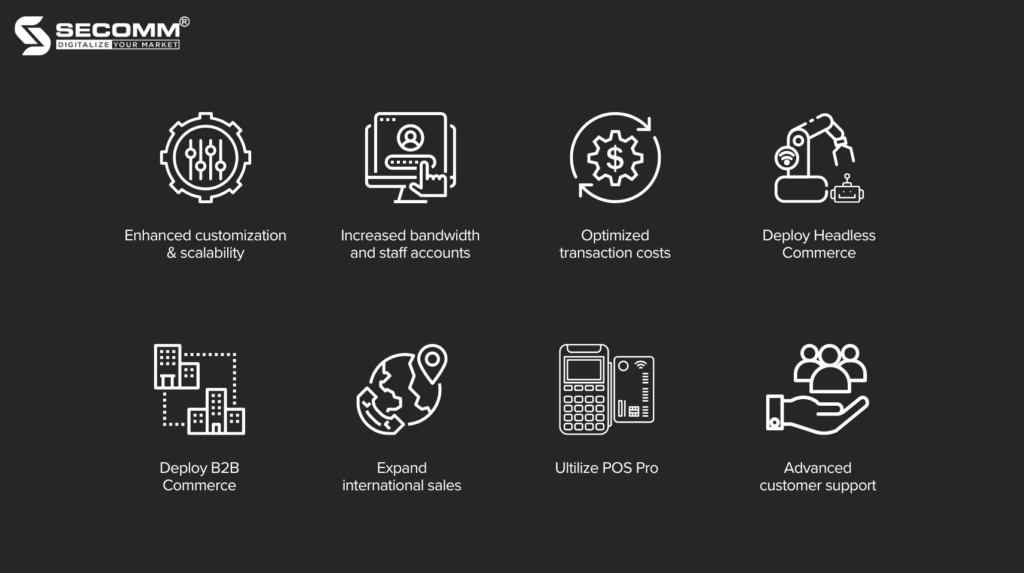
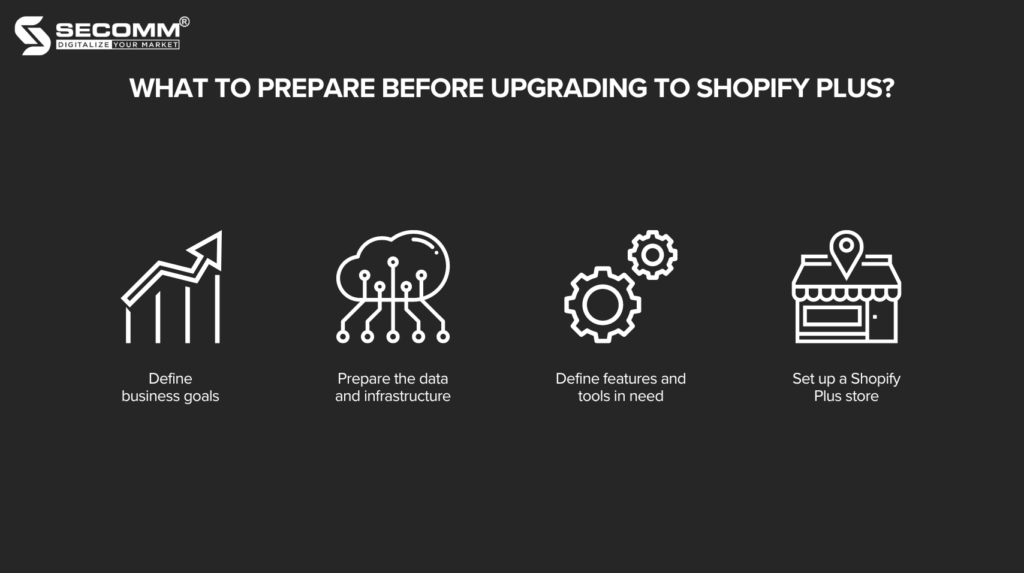
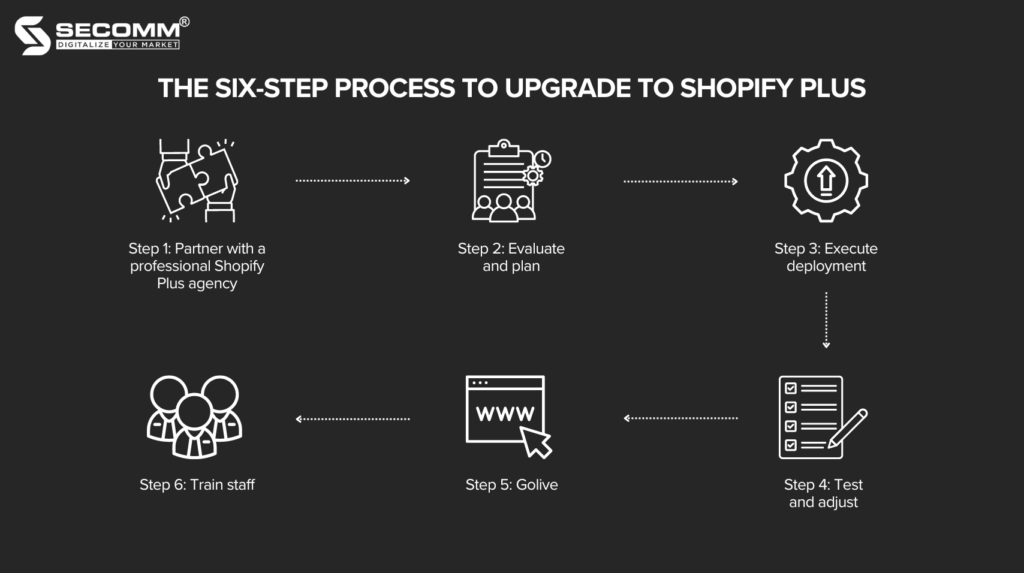
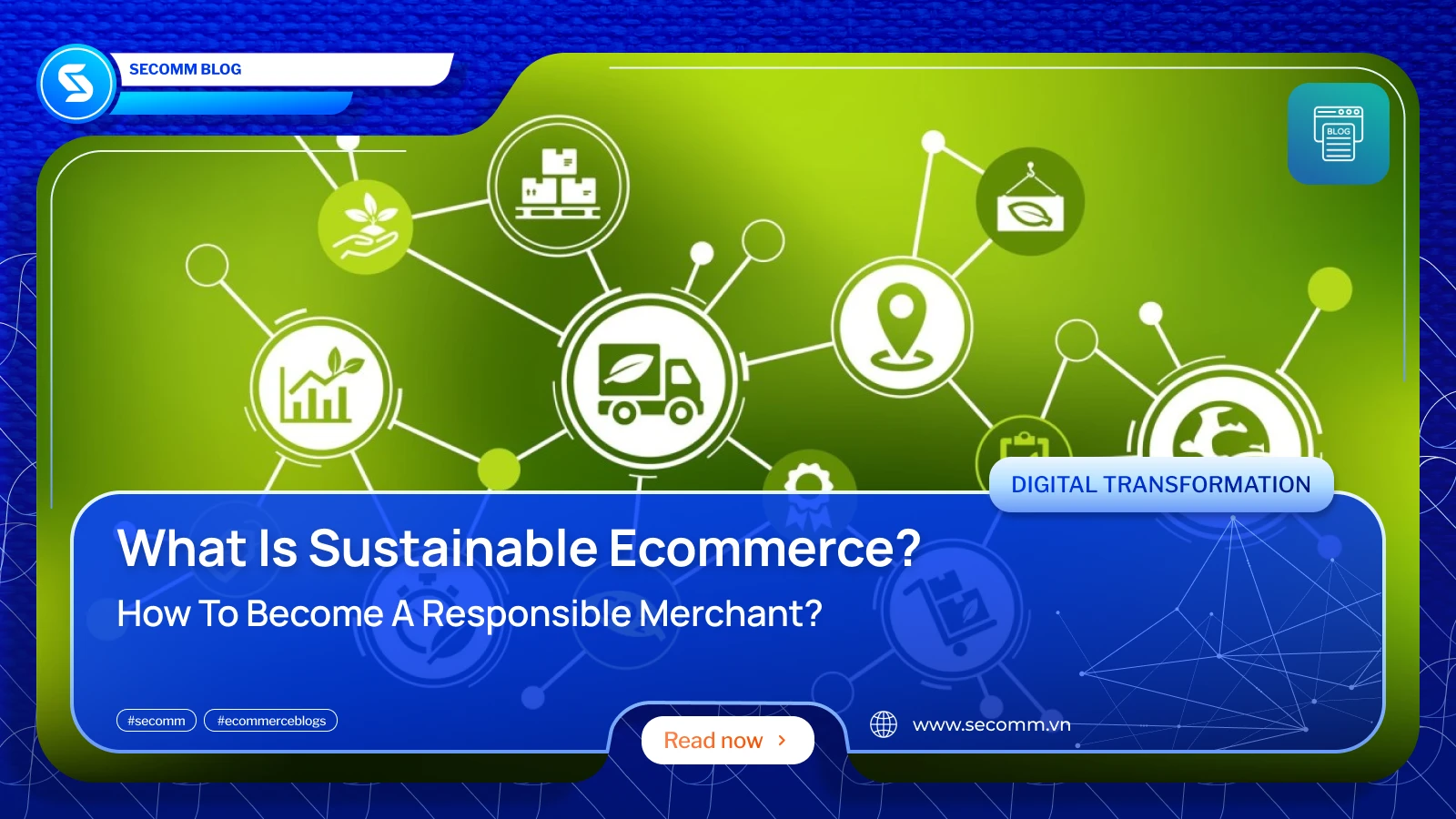
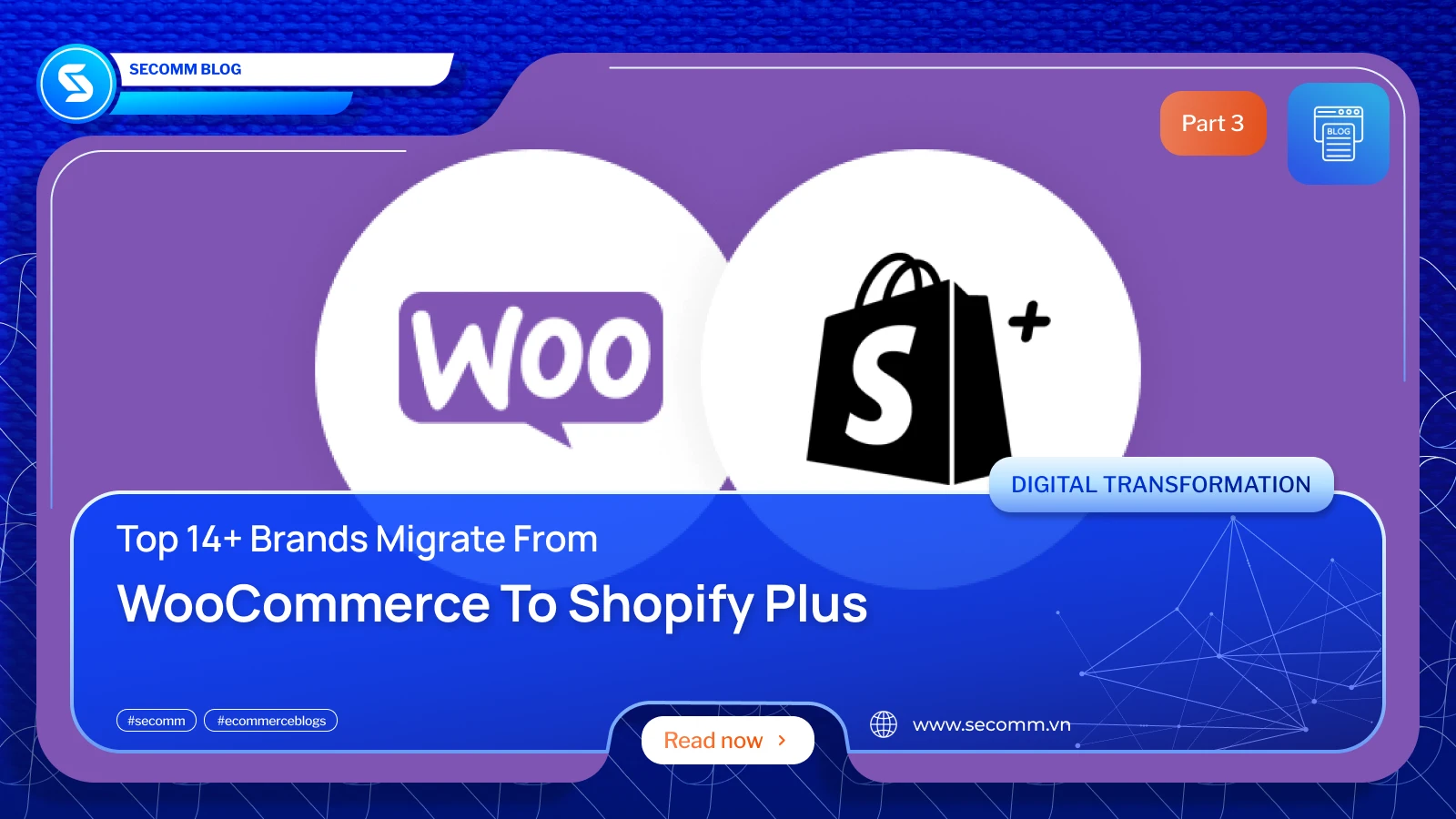
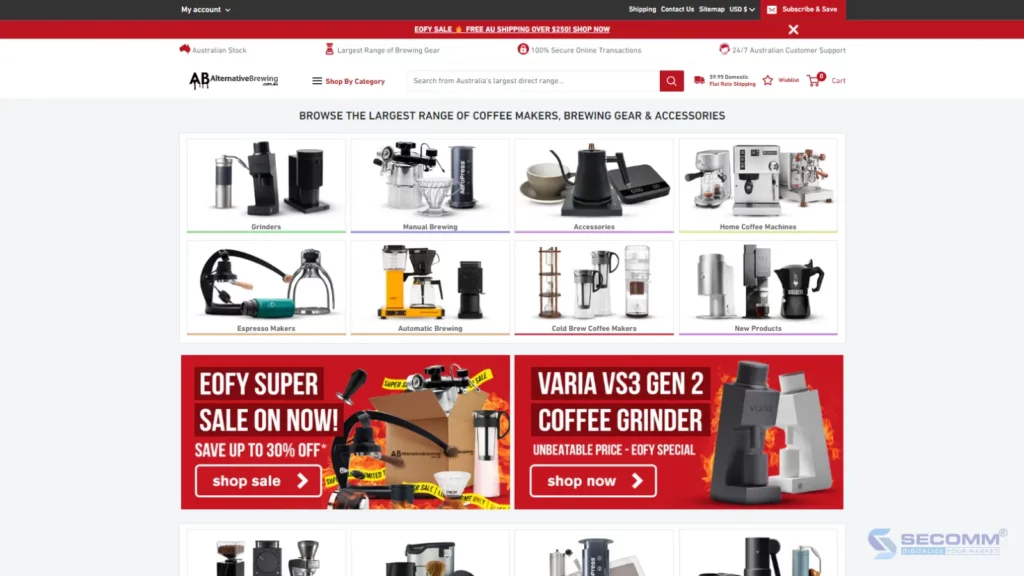



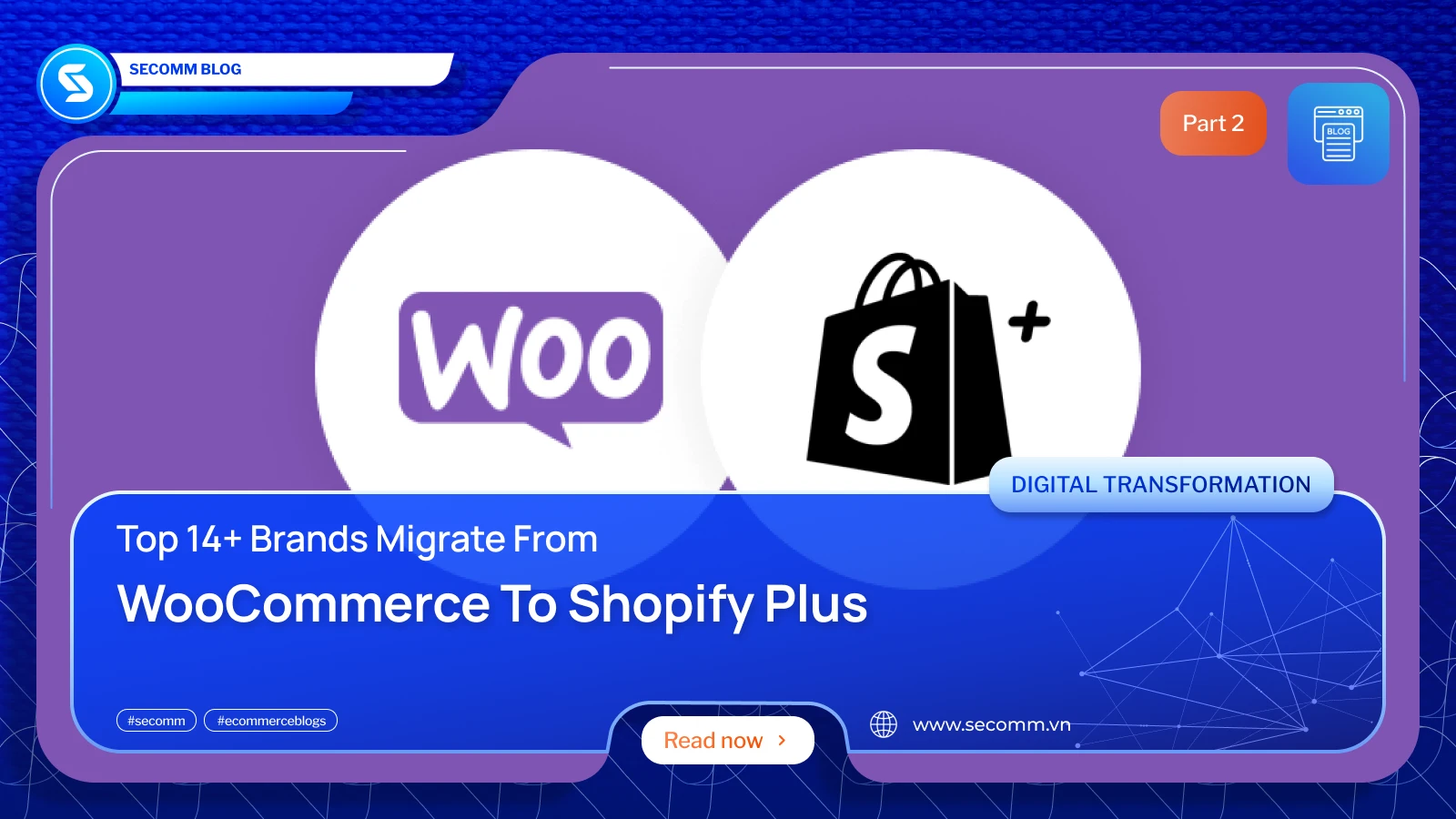
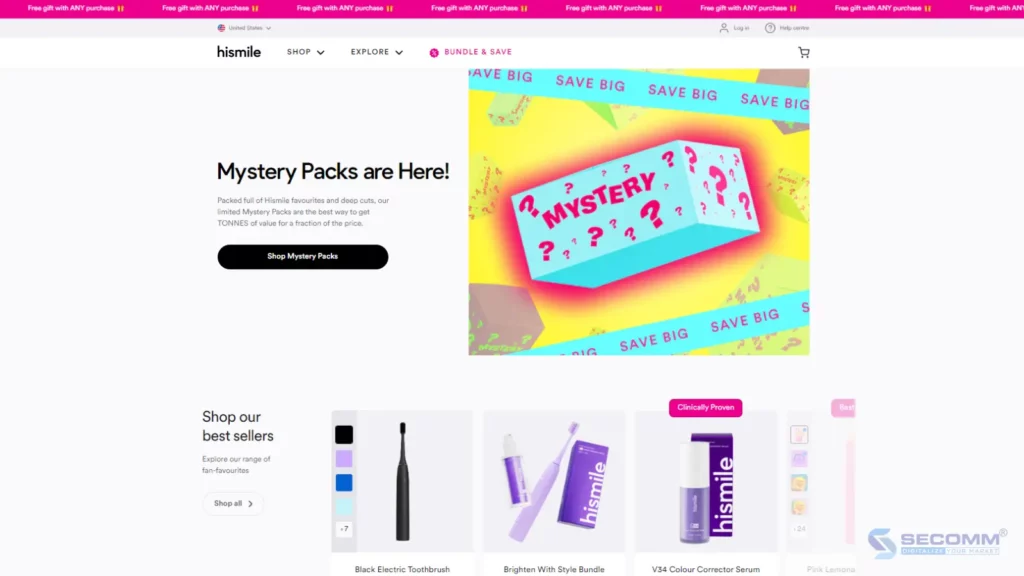
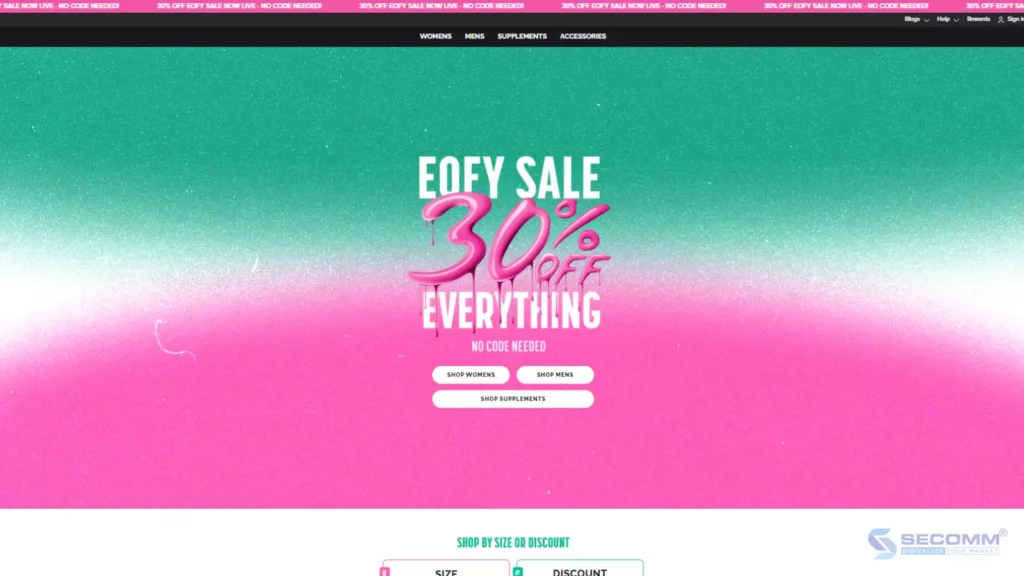



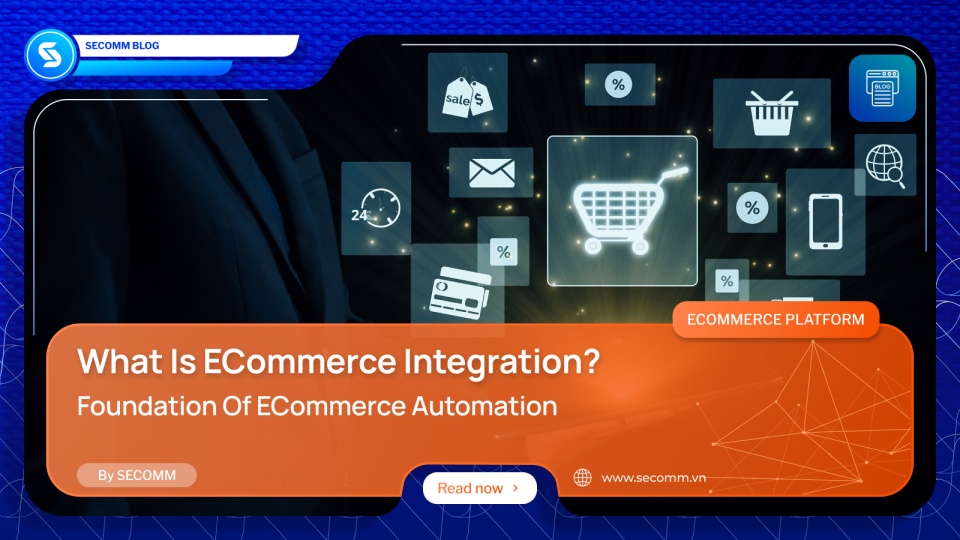
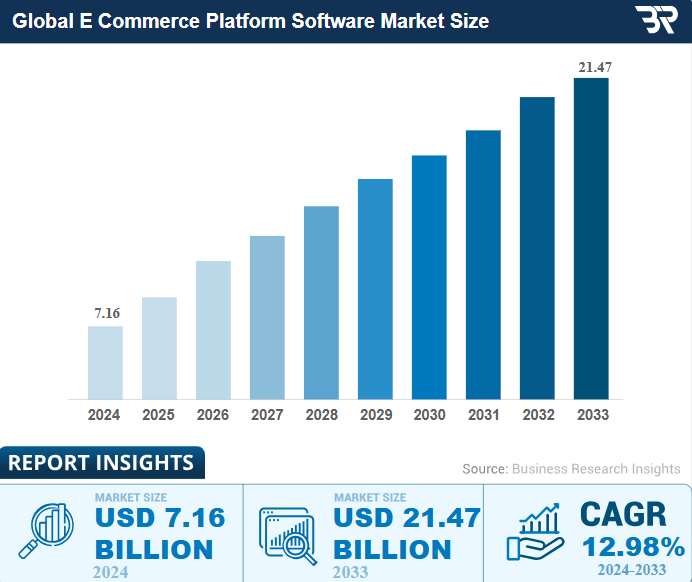

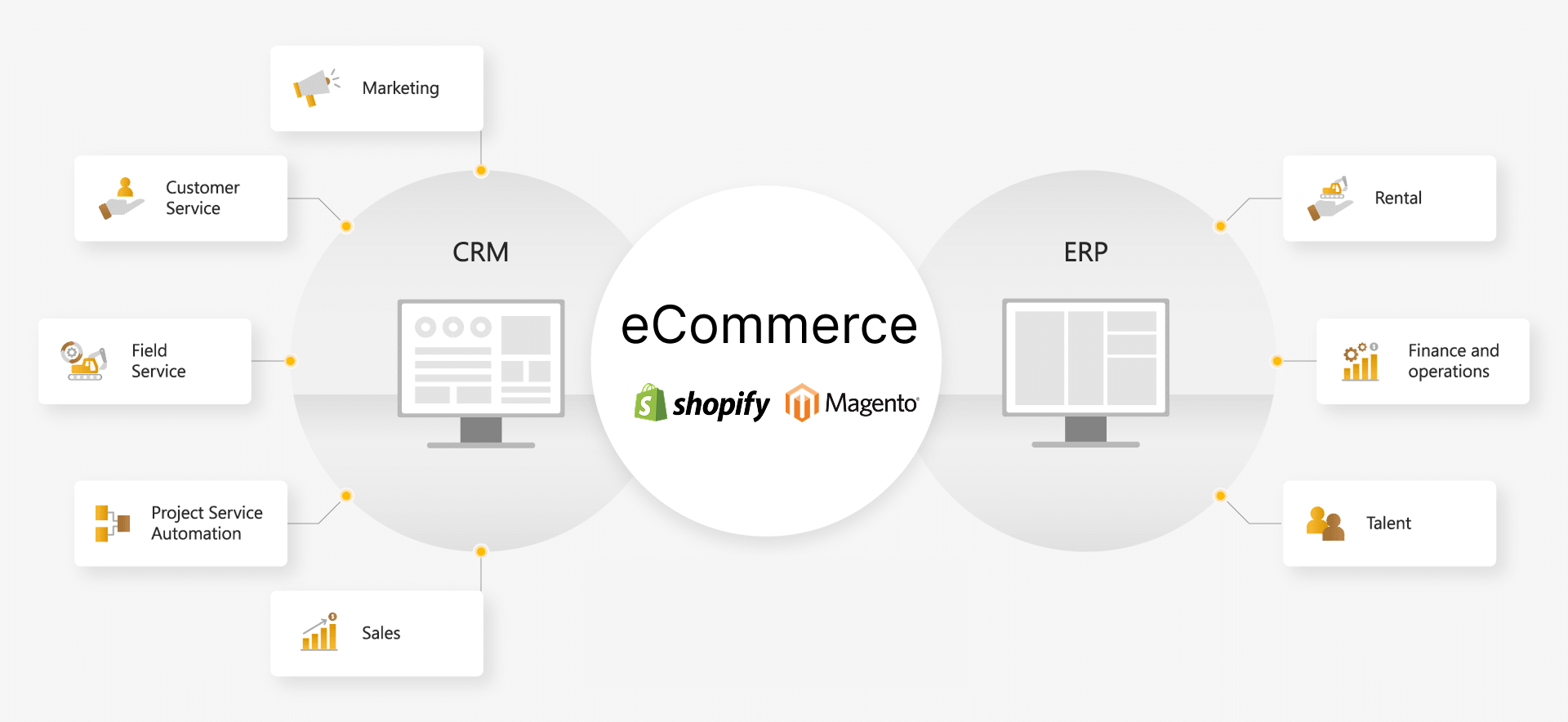
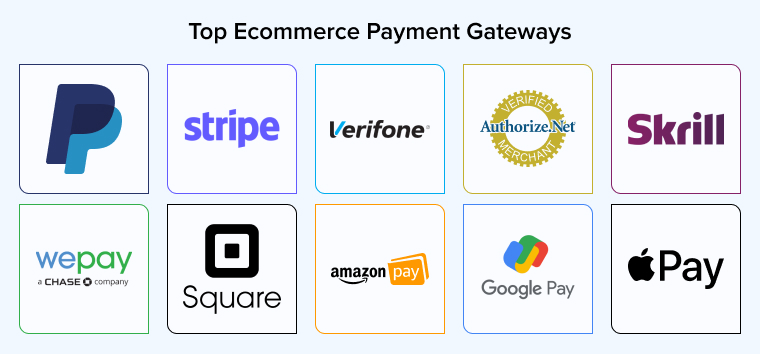
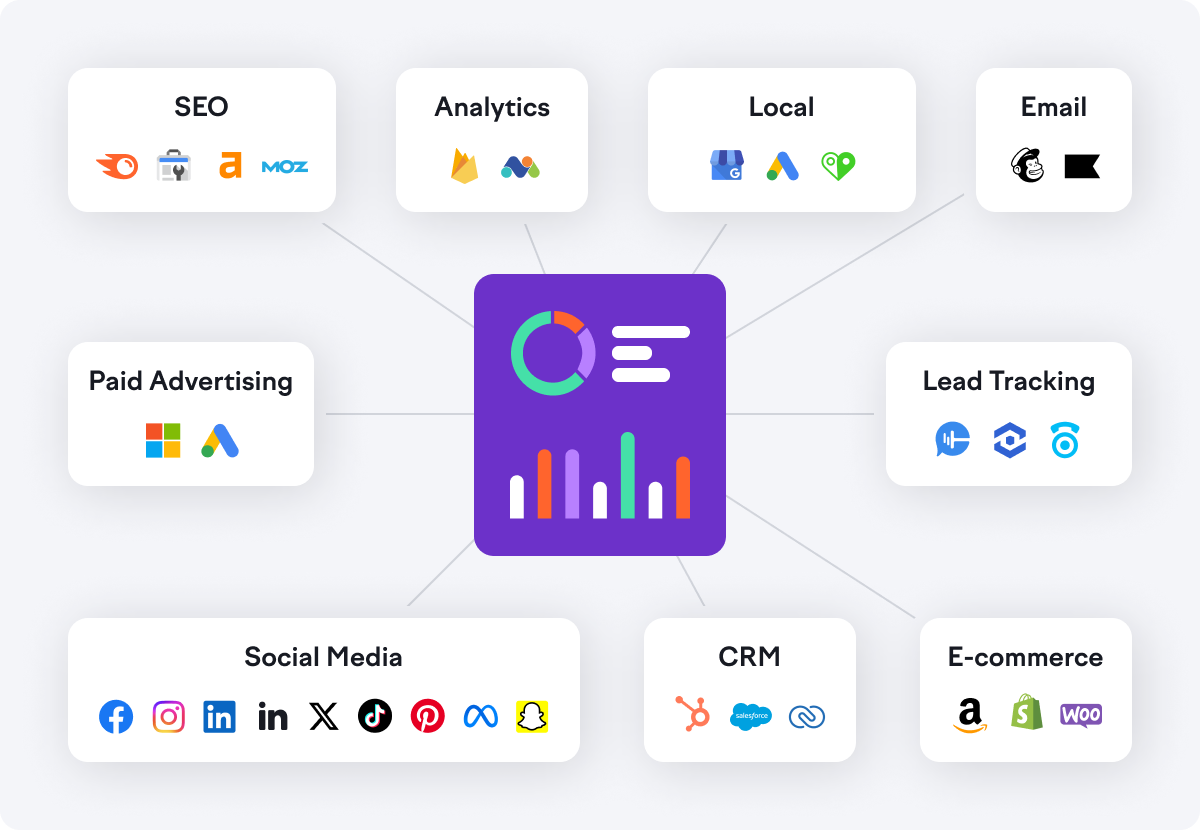






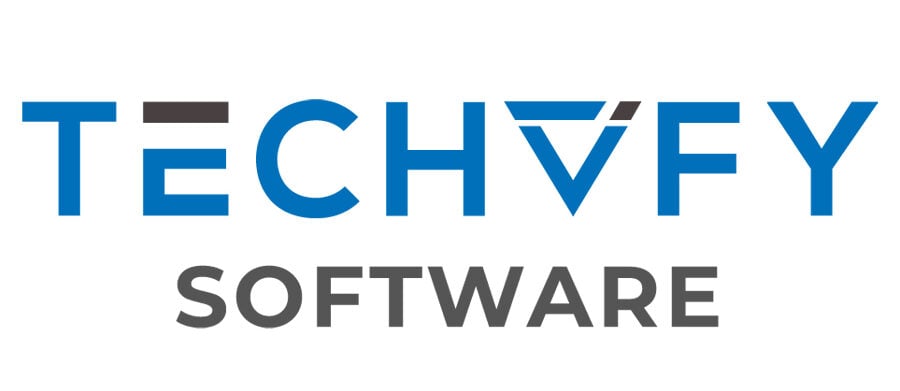





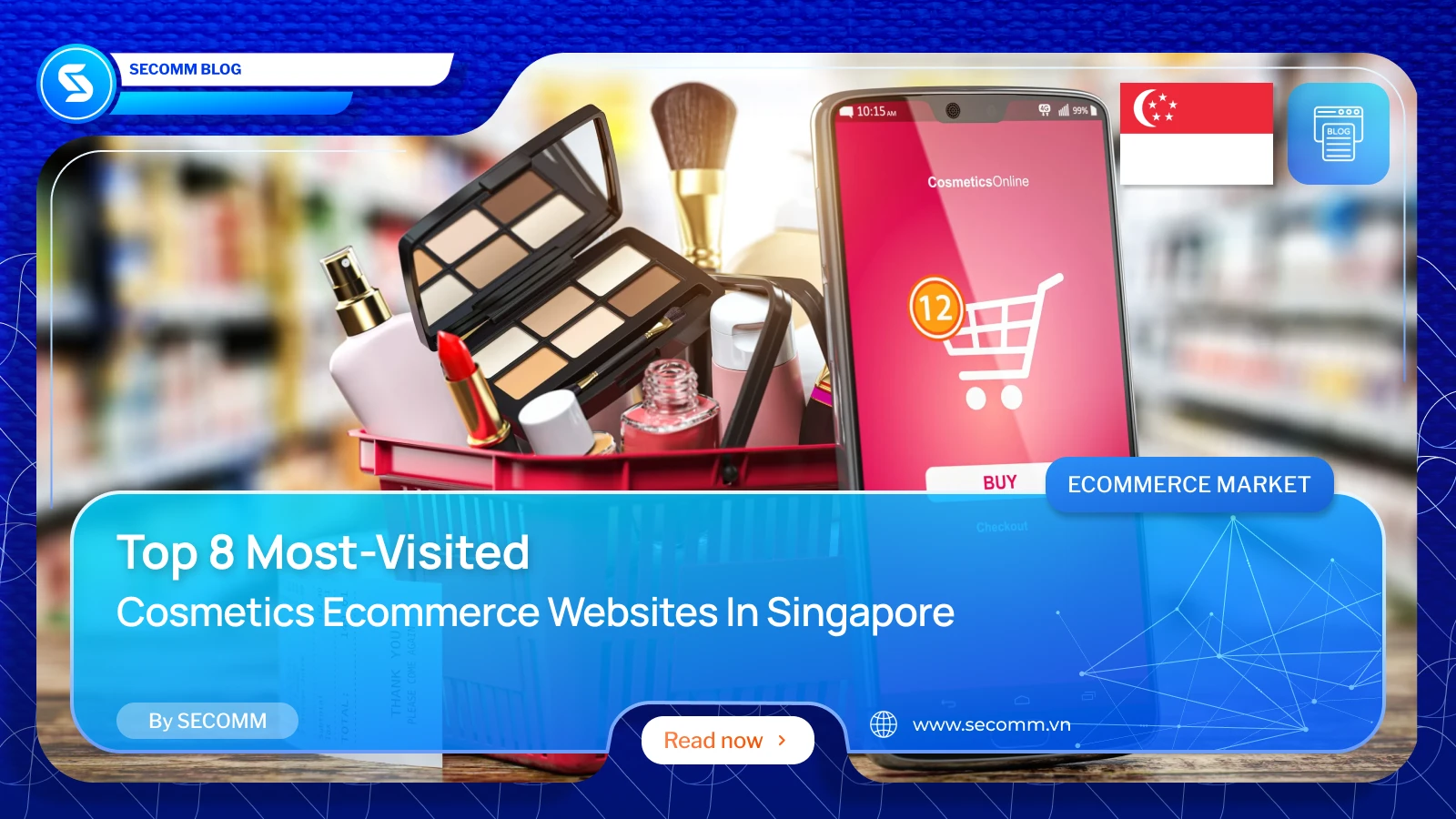
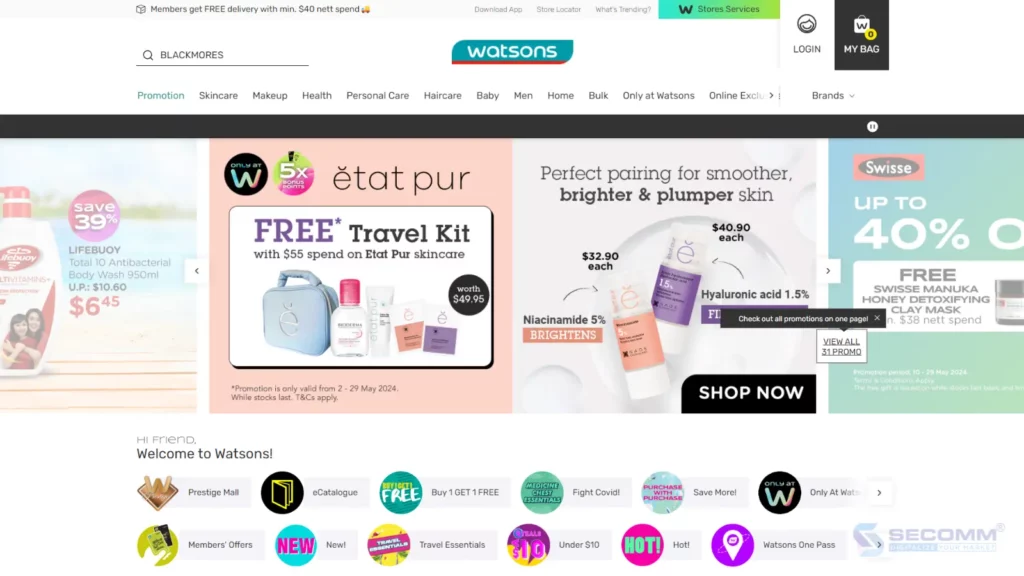
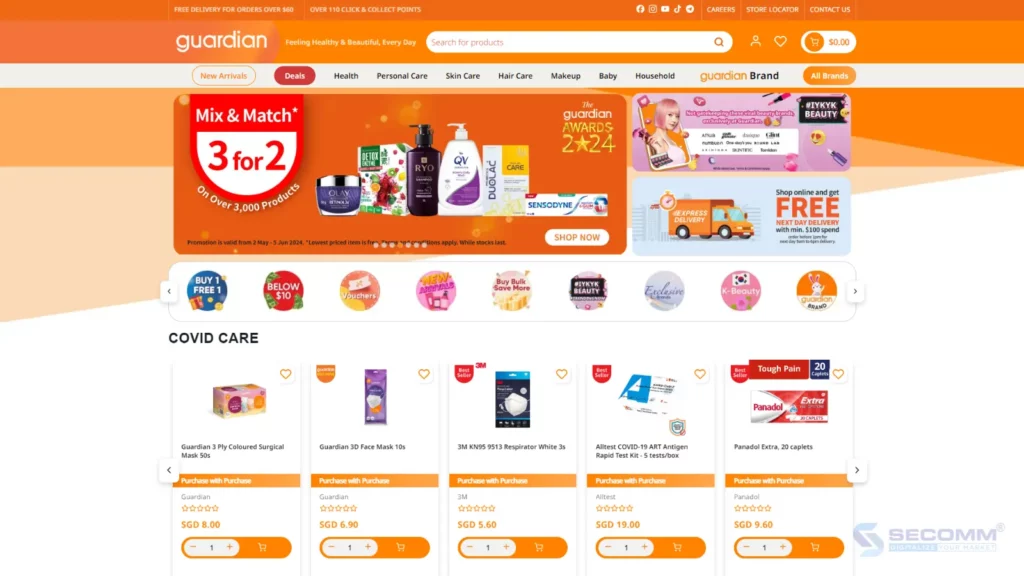

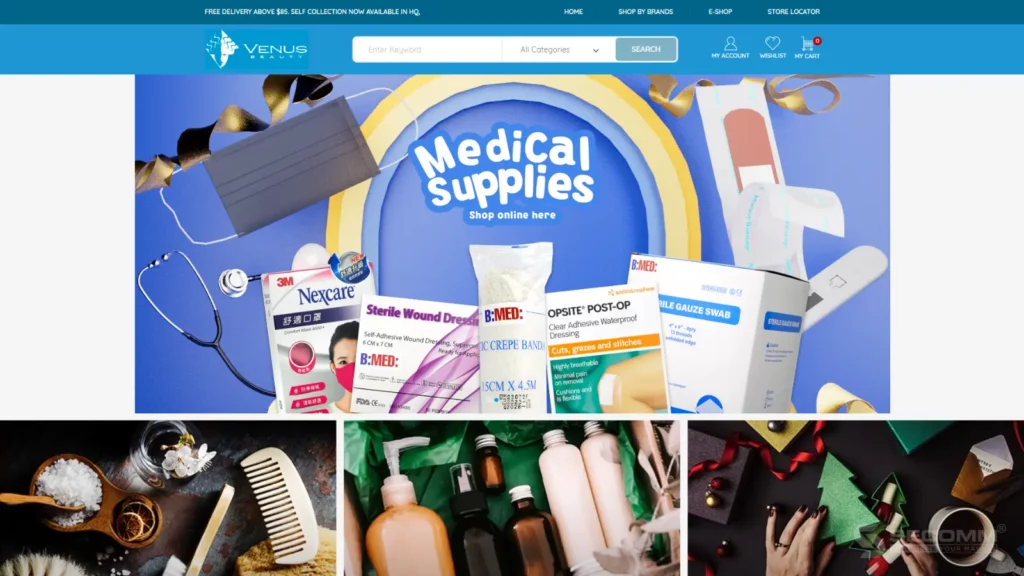



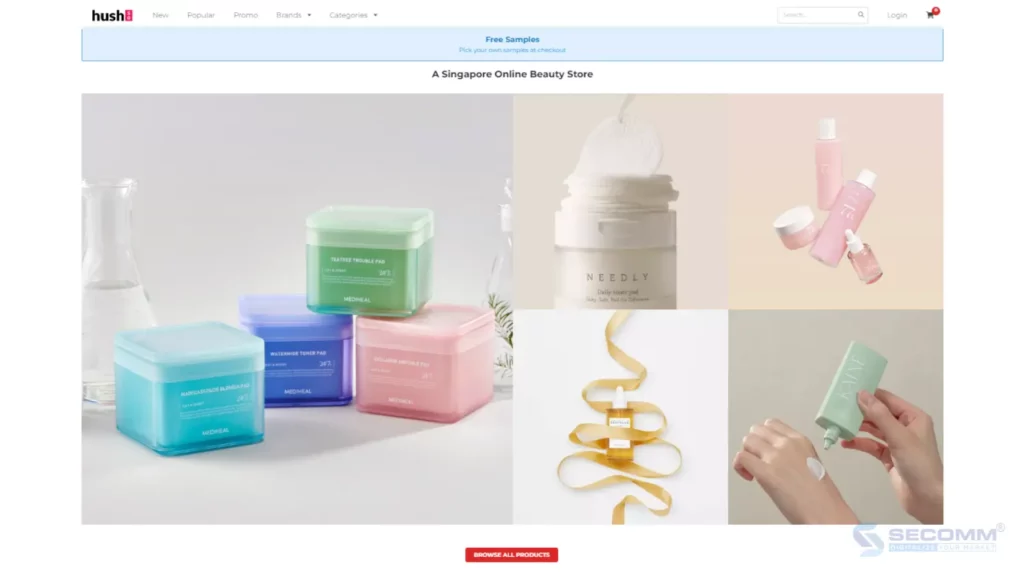

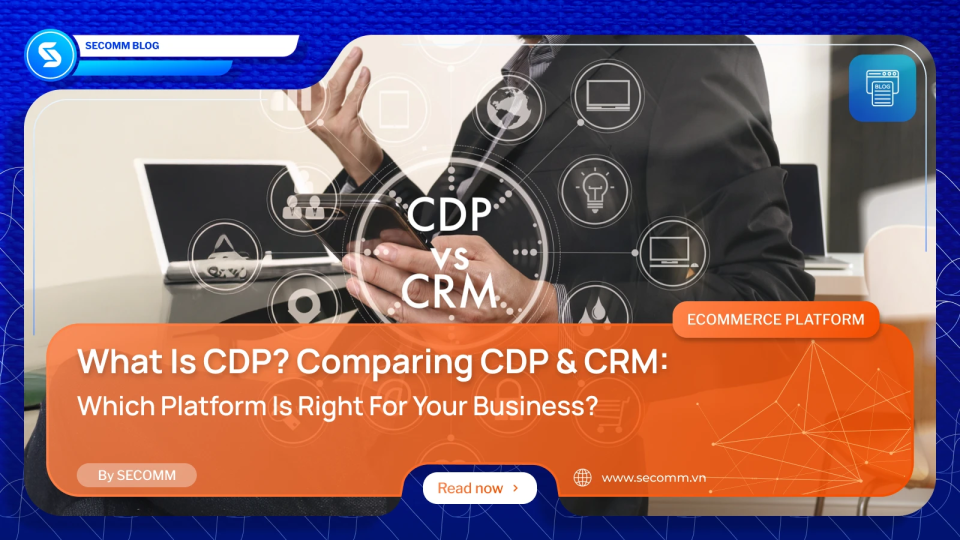
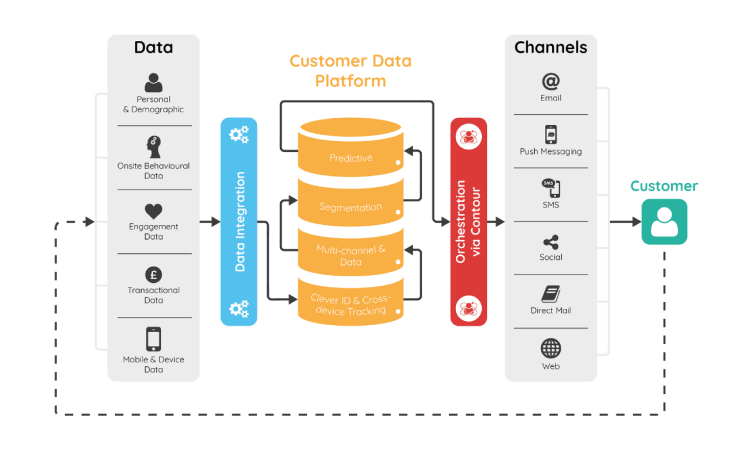
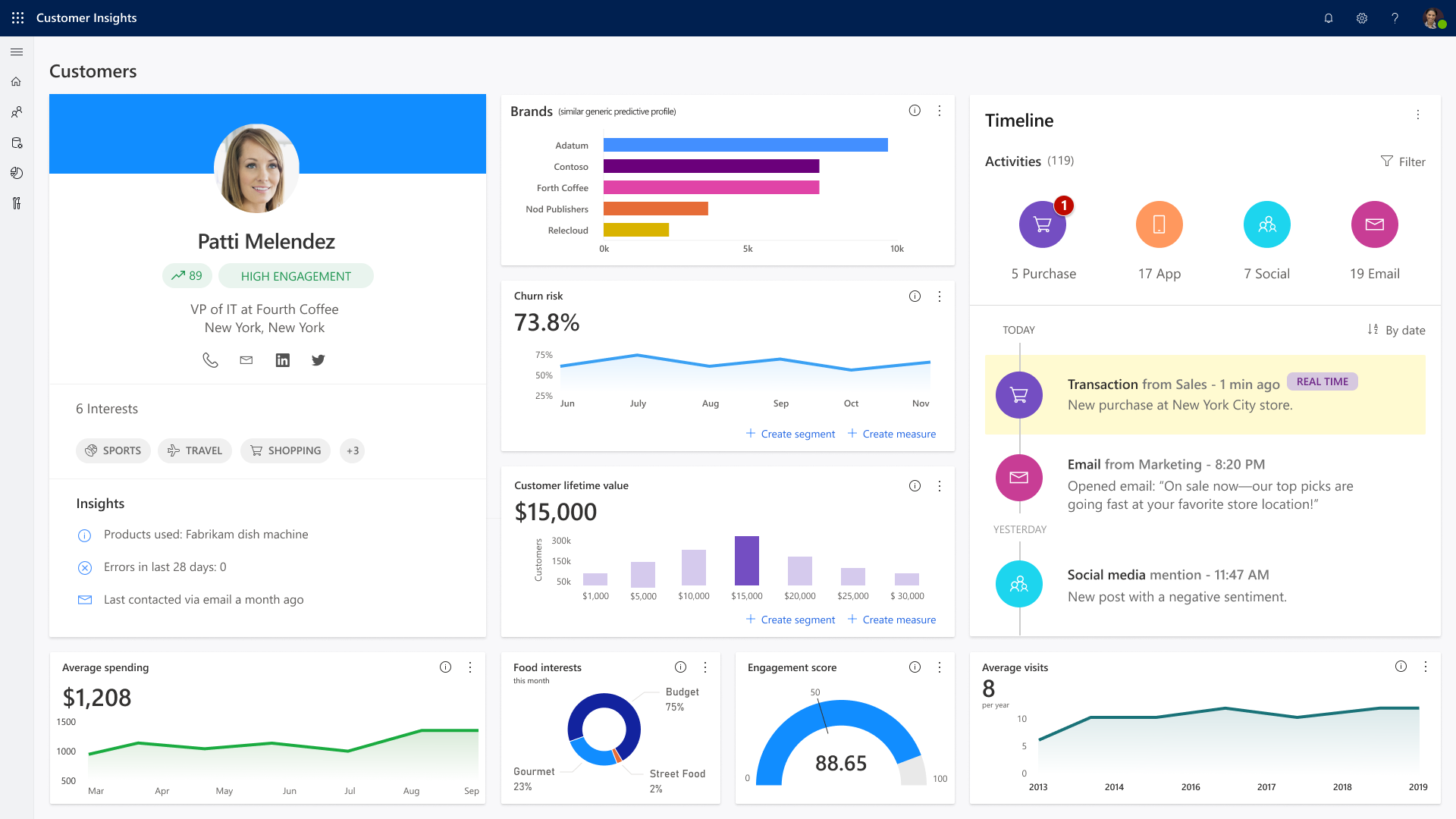
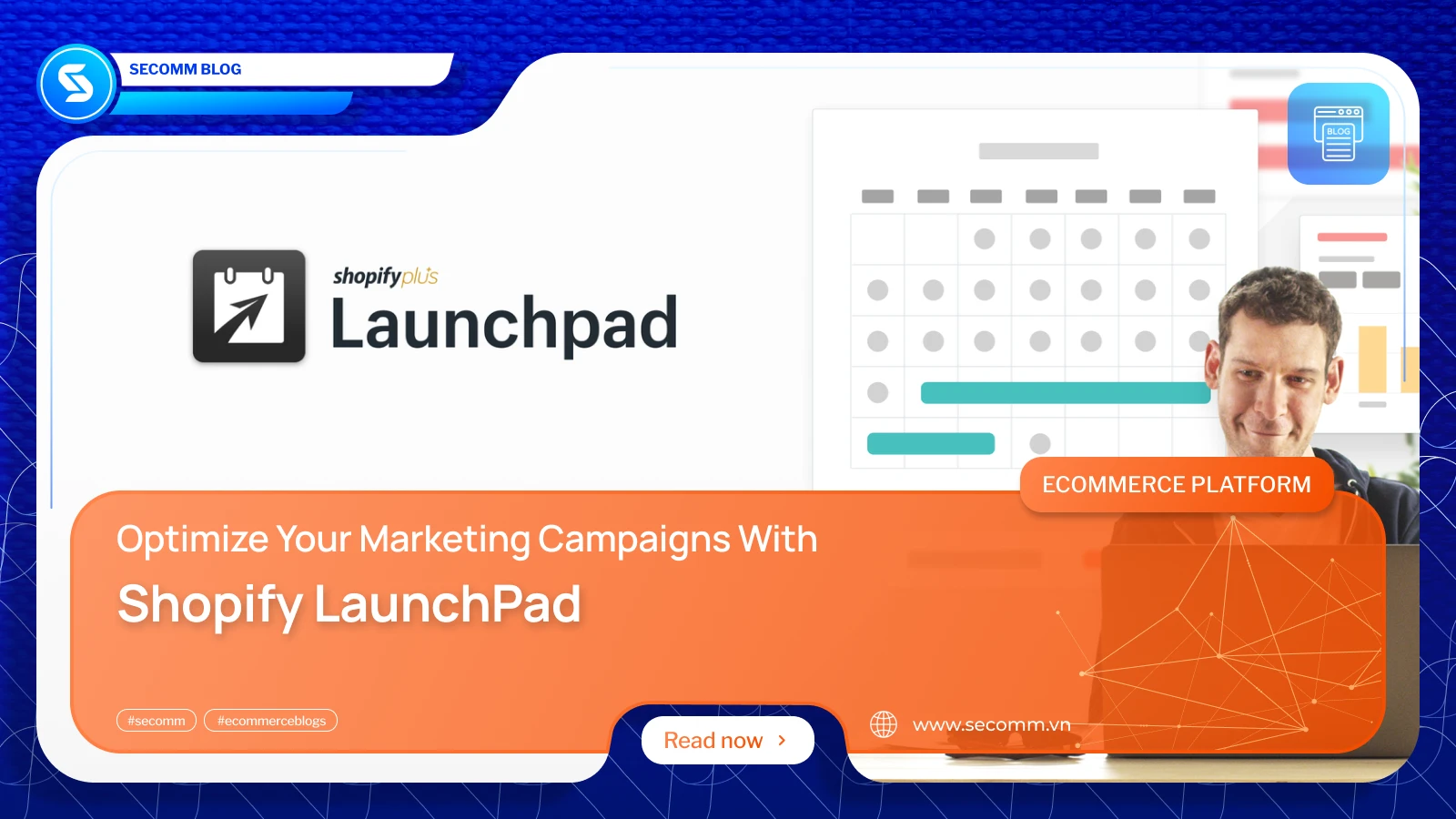

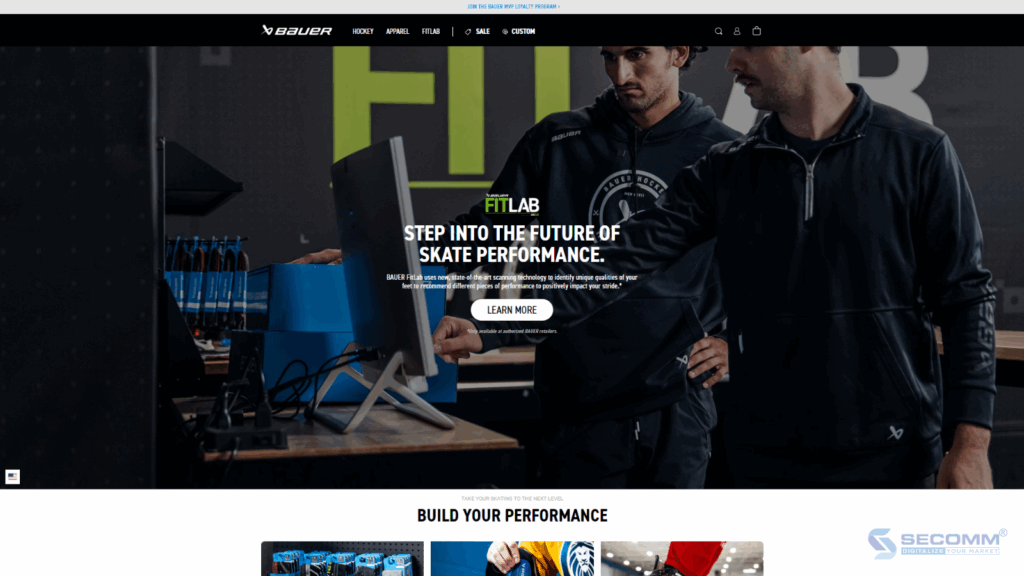

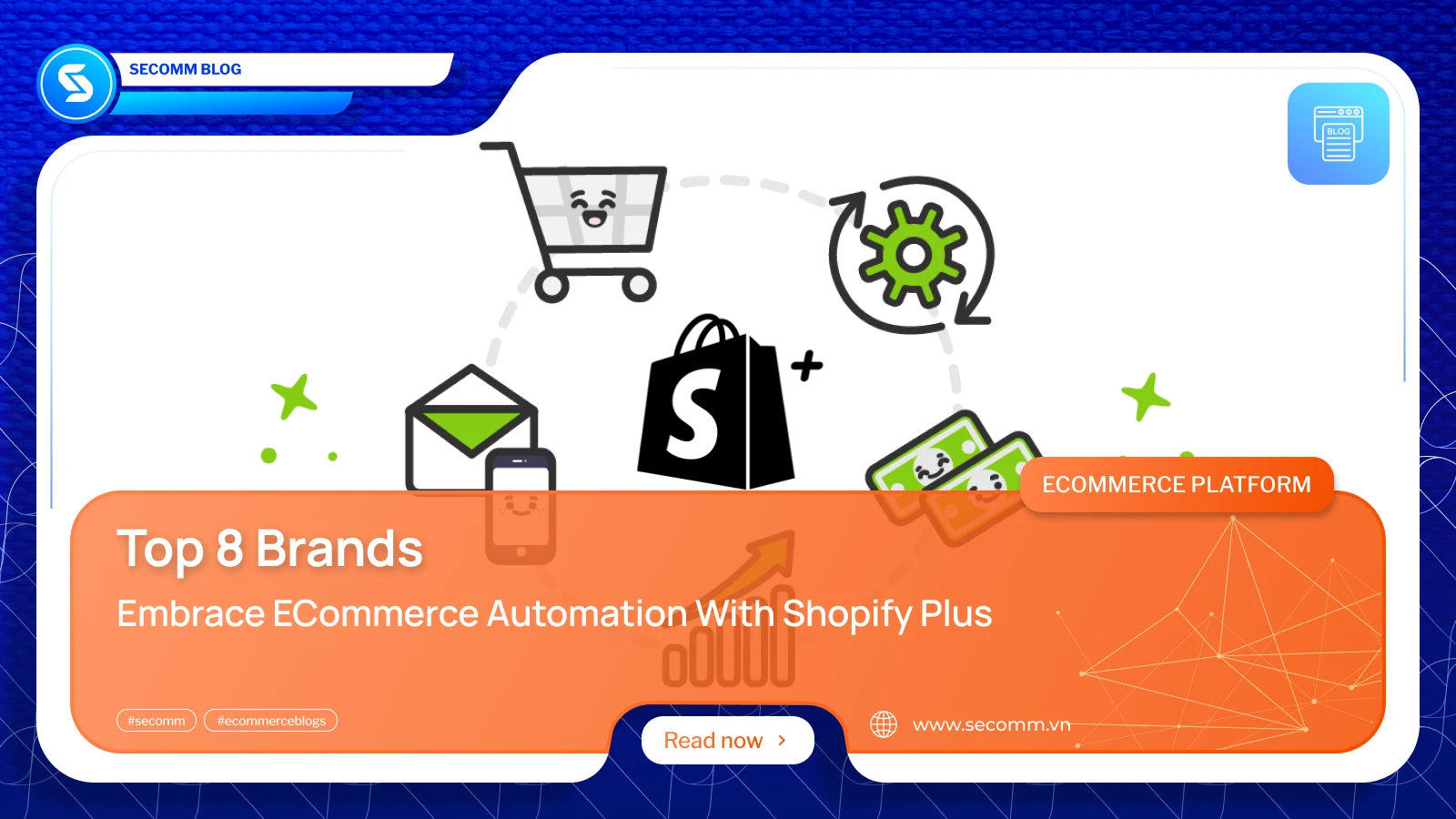




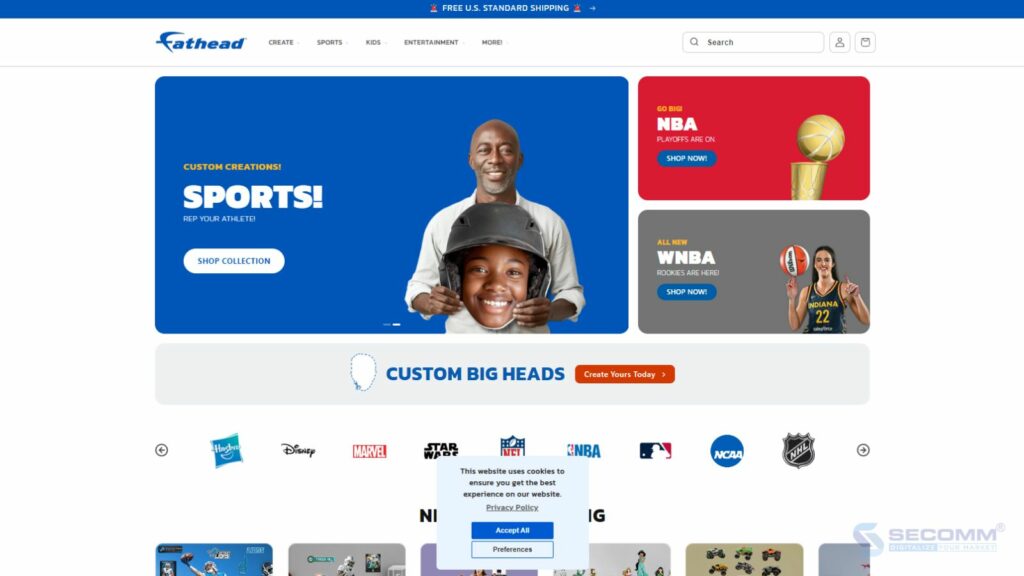
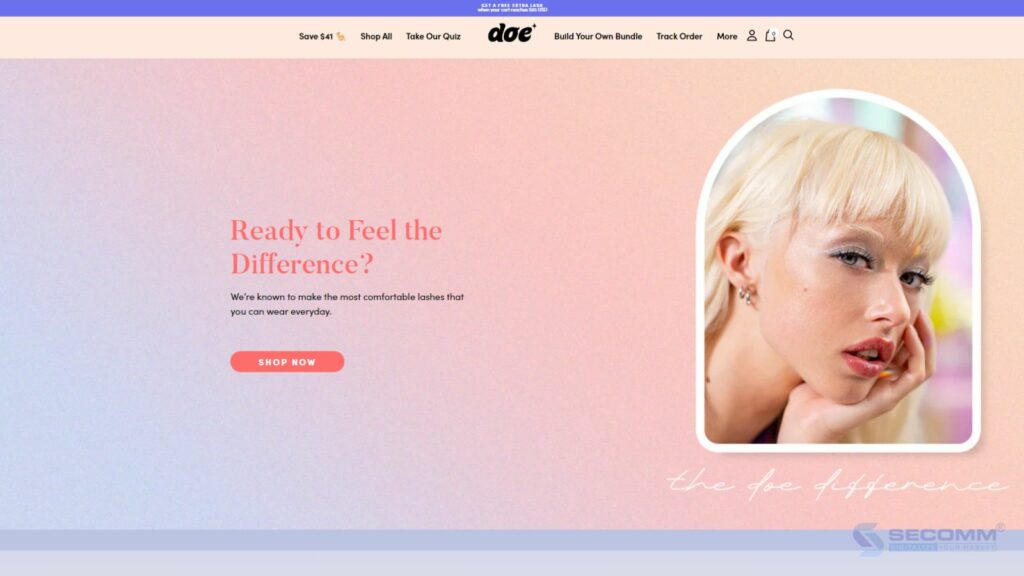




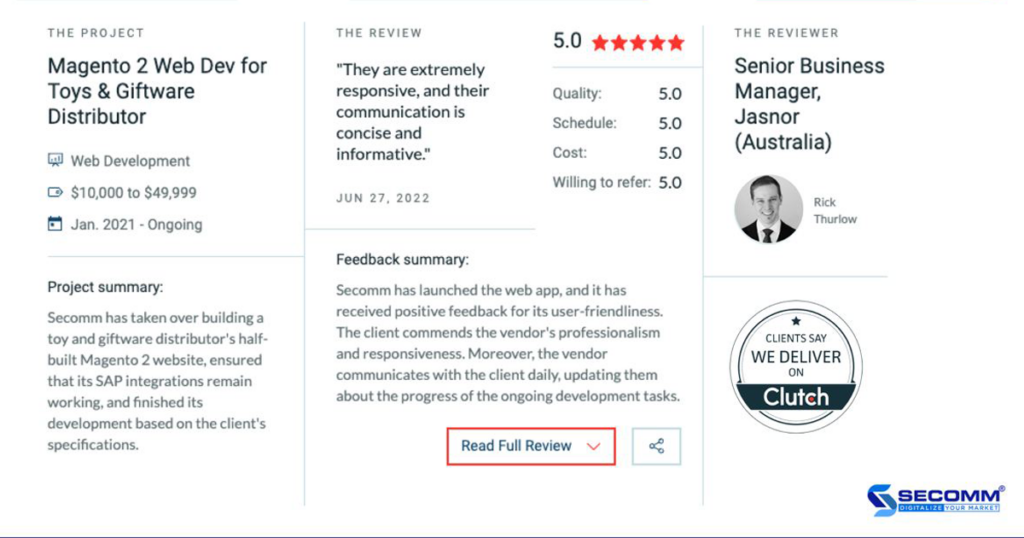
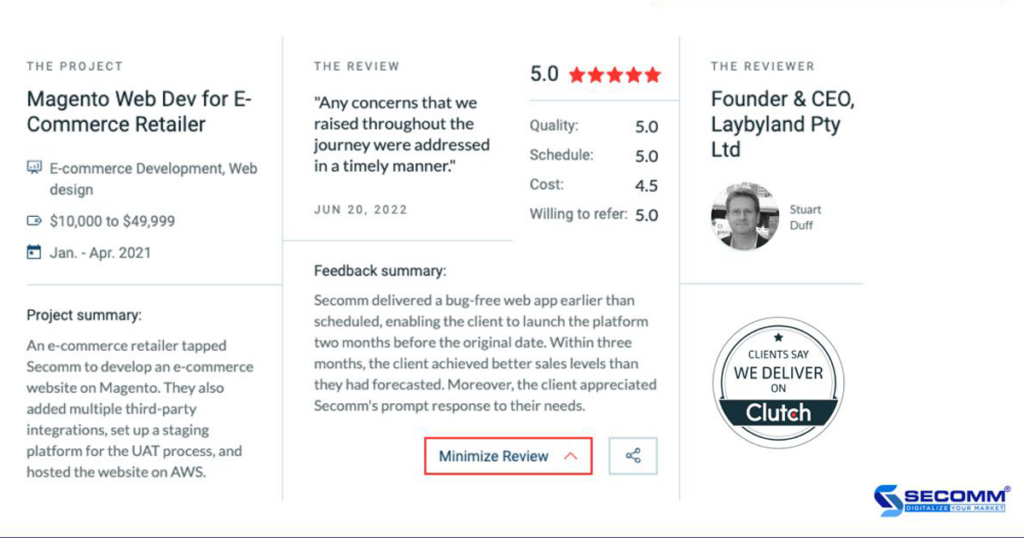
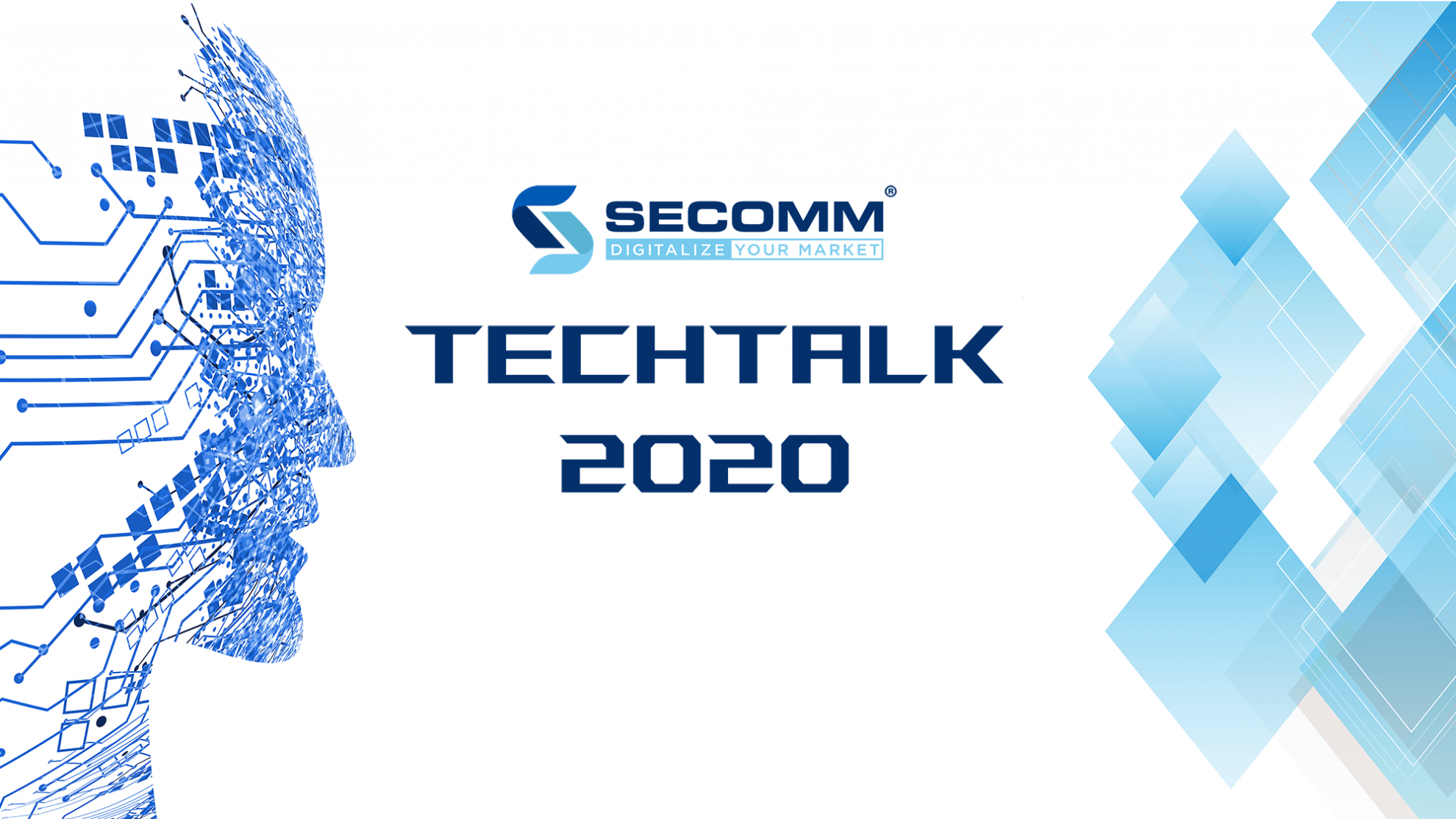
















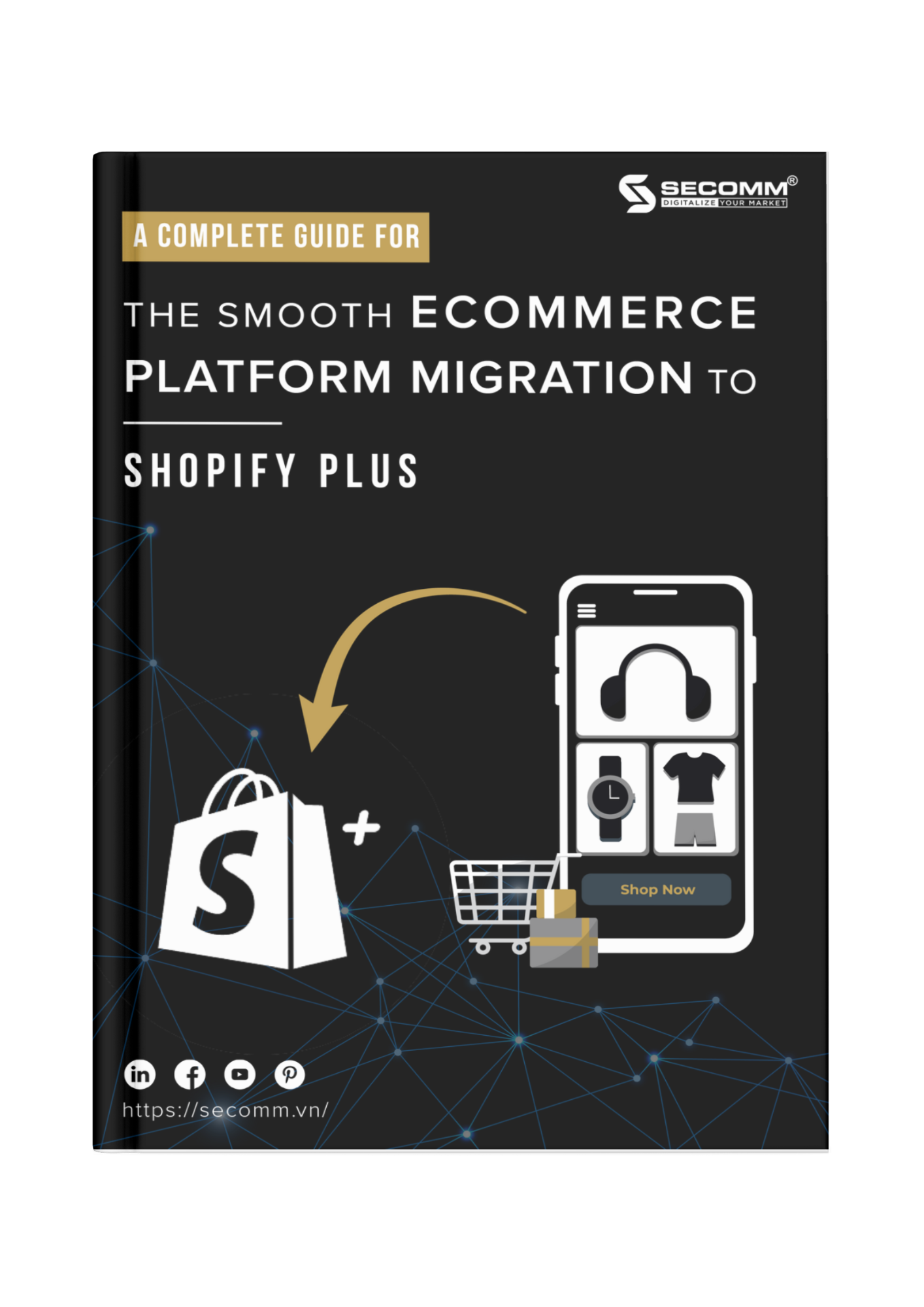



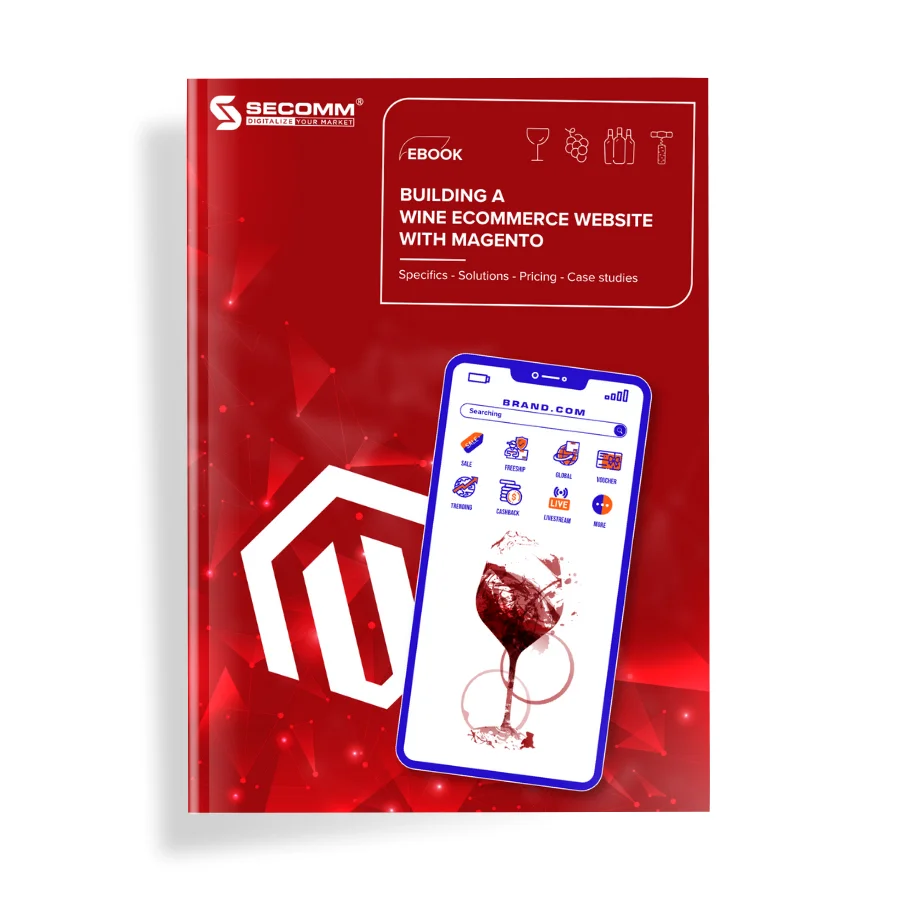
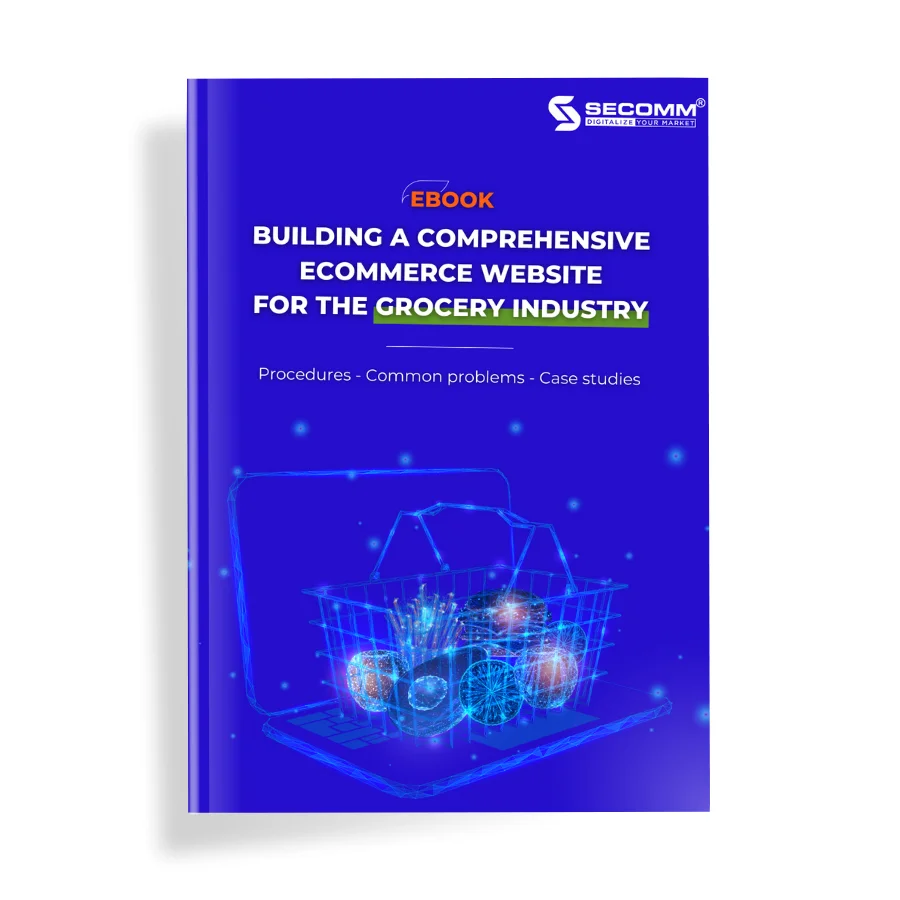
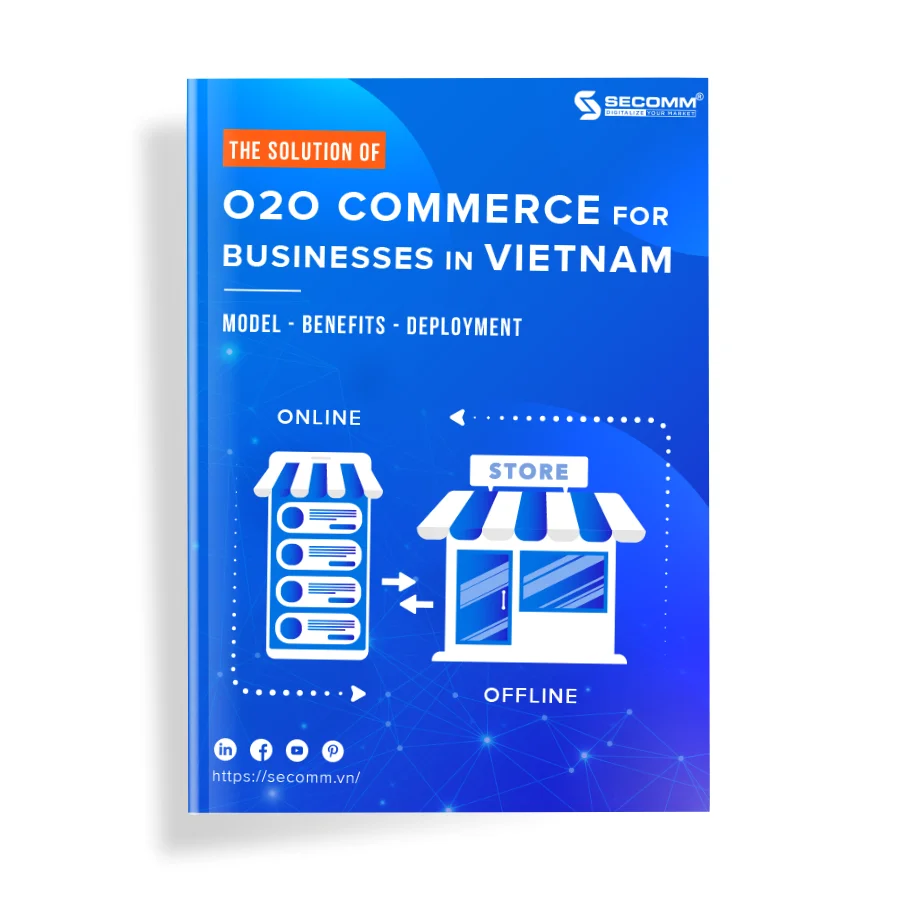
Comment (0)